Transporting Bobby Calves
9 min read
Prioritising the health of bobby calves makes transporting them more efficient. Additionally, they must meet requirements for transportation before leaving the farm to keep them comfortable and healthy. You can keep them safe by following bobby calf loading facility guidelines and design options that consider their health and safety.
Animal welfare is at the heart of any good farming business. Our responsibility for the wellbeing of stock starts at birth and continues beyond the farm gate. Calves must be fit for transport before they leave the farm.
Transport ready – calf checklist:
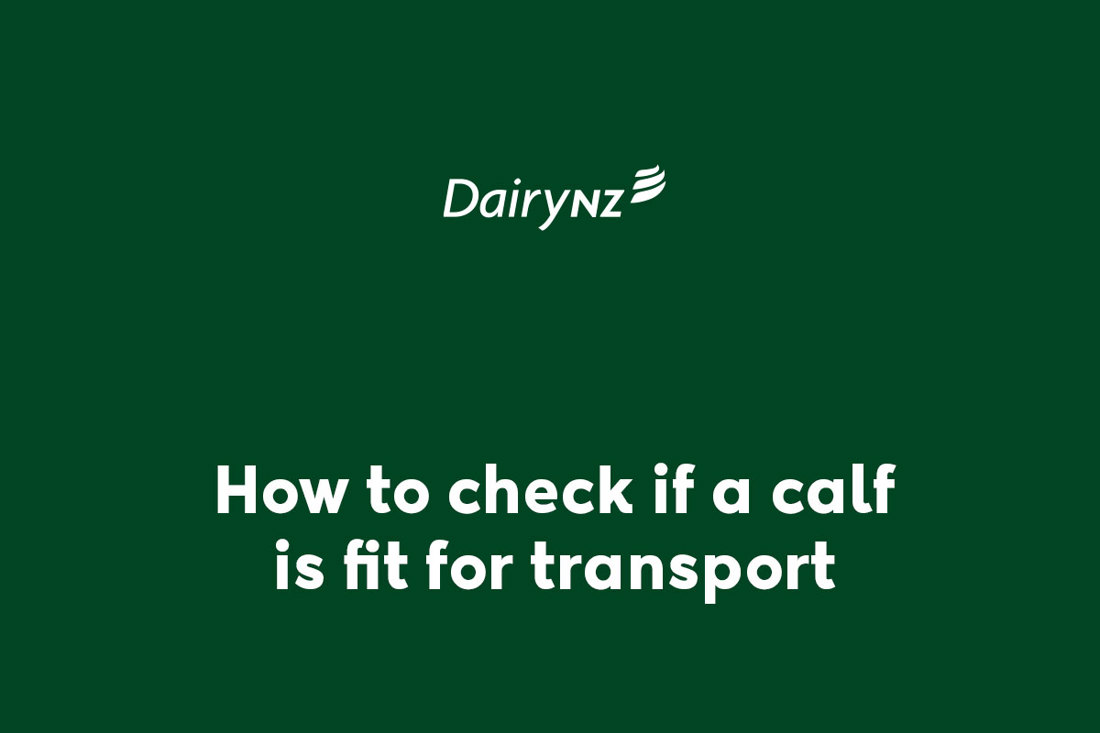
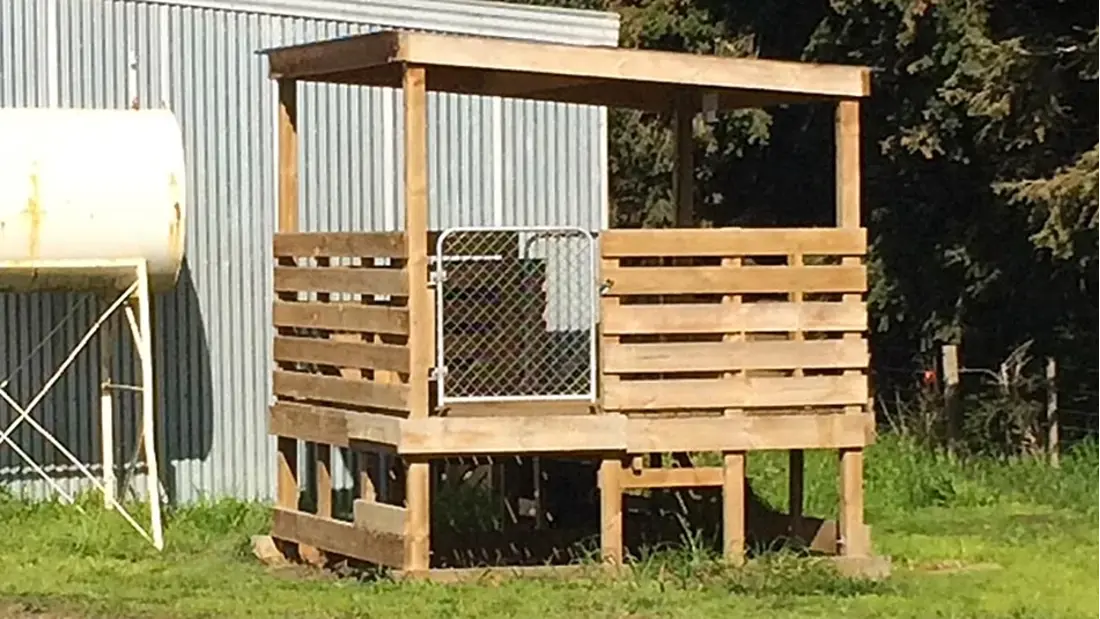
All calves must be treated with care and respect and kept in a healthy and safe environment. Whenever calves leave the farm on a truck, work with your transporter to make their job as easy as possible. This will ensure your calves are treated with care. For visitors on farm, ensure you farm is clearly mapped. Use the red, orange, green system to map out zones on your farm.
Red: No go areas for visitors, tankers, livestock trucks (i.e. paddocks and heifer rearing sheds). Red zones can only be entered after carrying out visitor biosecurity requirements.
Orange: Areas that have a mix of cows, farm staff, visitors and equipment (i.e. the milking shed and bobby calf sheds).
Green: Areas that have unrestricted access to visitors, their vehicles, tankers and livestock trucks but restricted access by cows (i.e. the milk tanker track, access tracks to houses on farm, bobby calf and slink pick up points).
The bobby calf truck should remain in the green zone whilst on farm. When loading bobby calves, minimise crossover between the truck, drivers, and the inside of your bobby calf sheds.
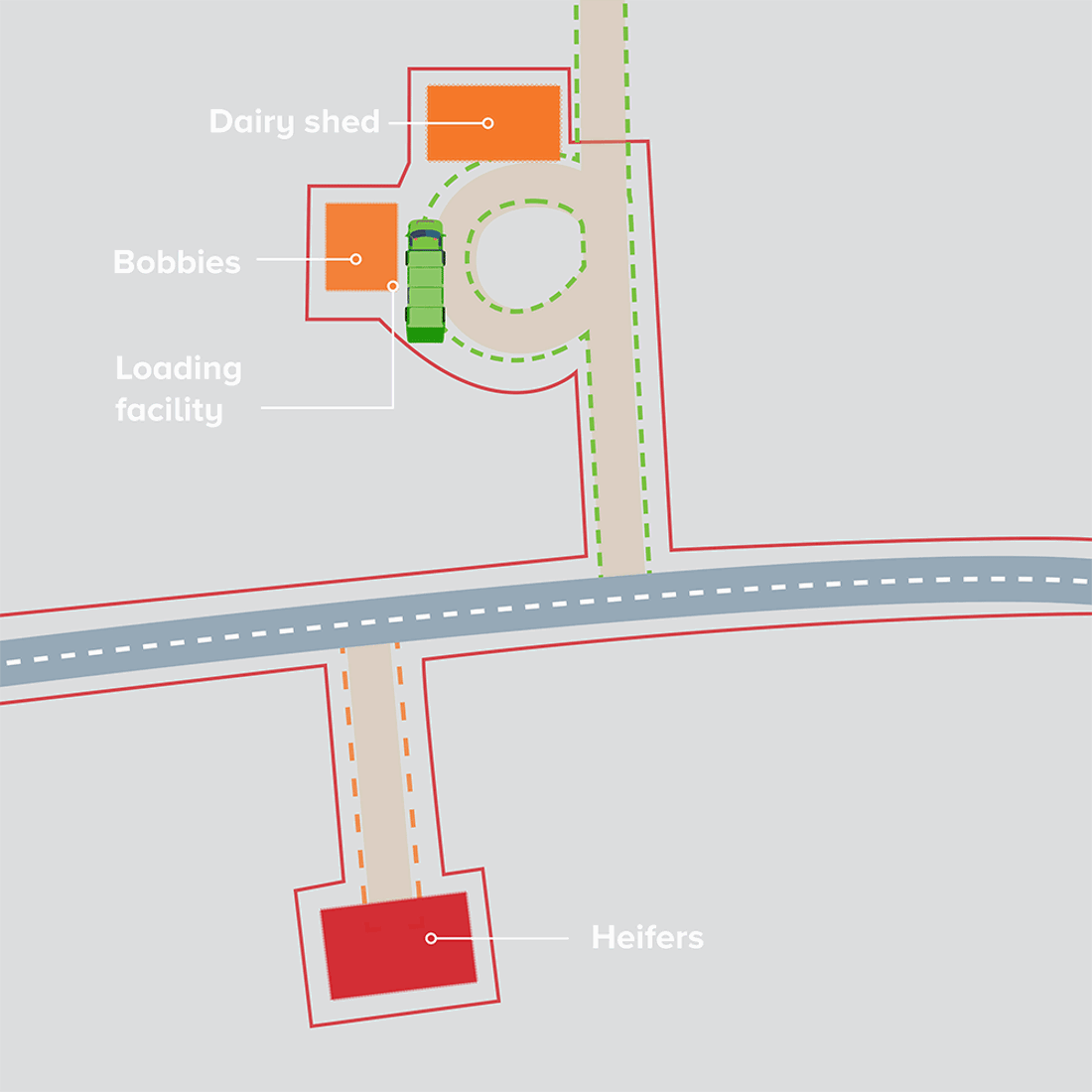
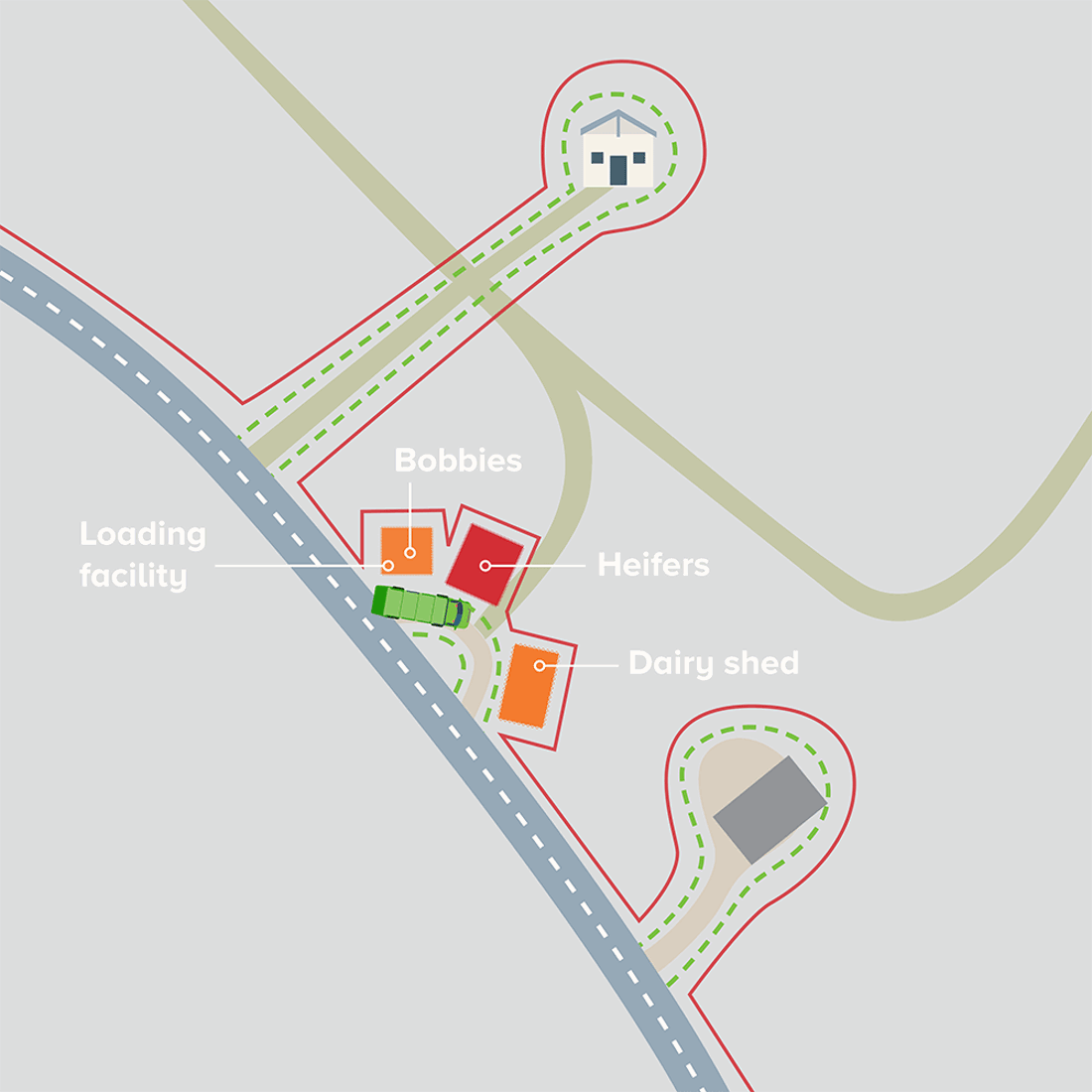
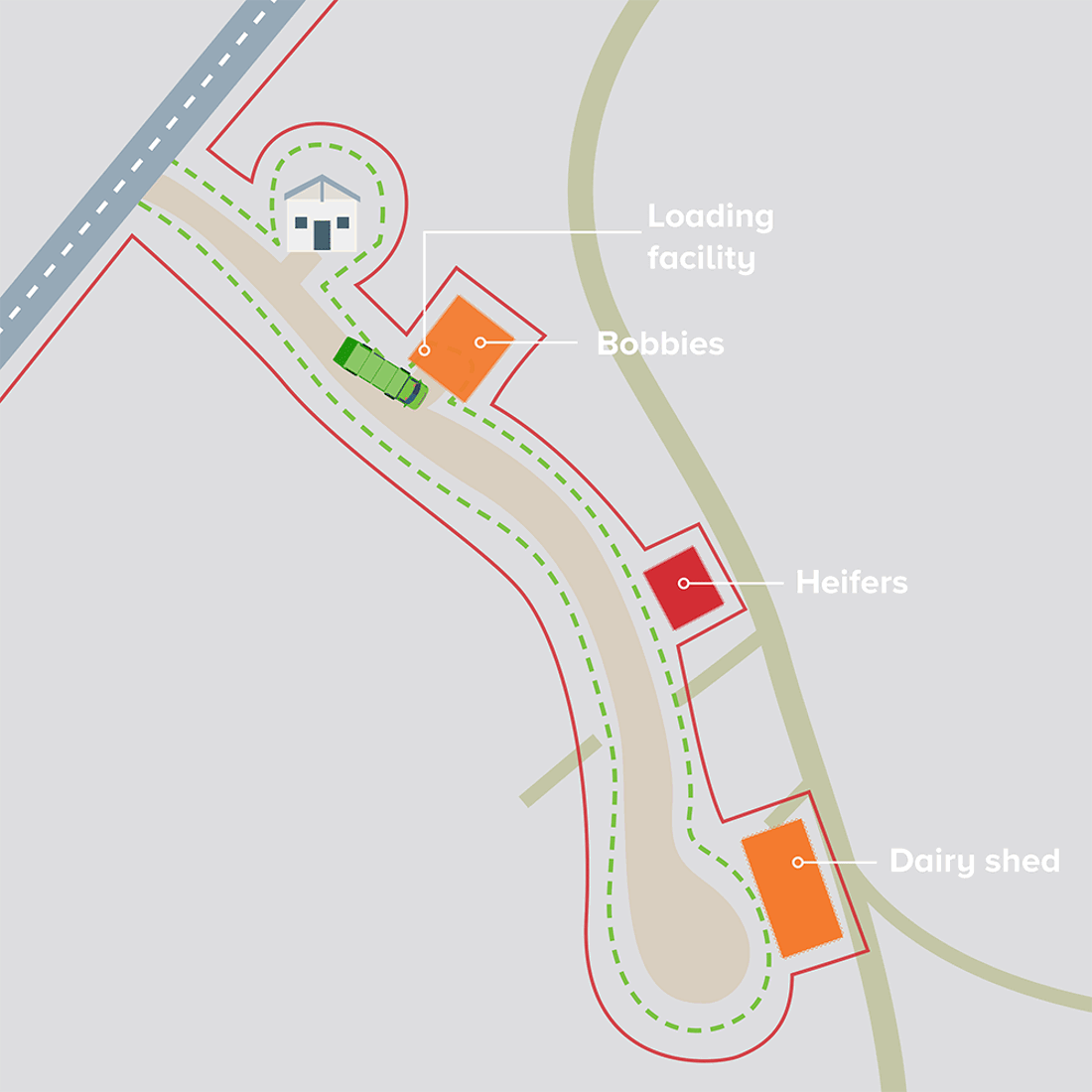
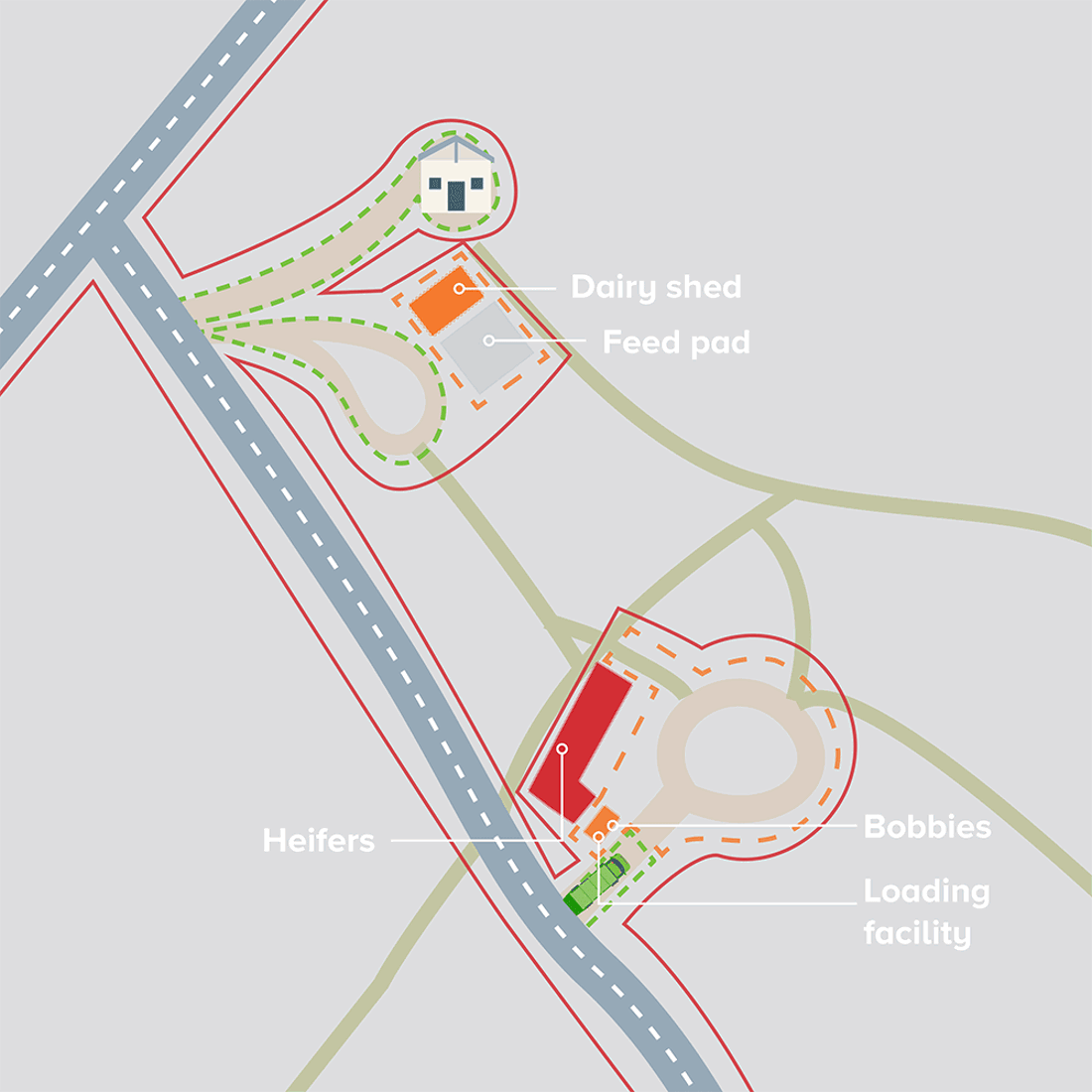
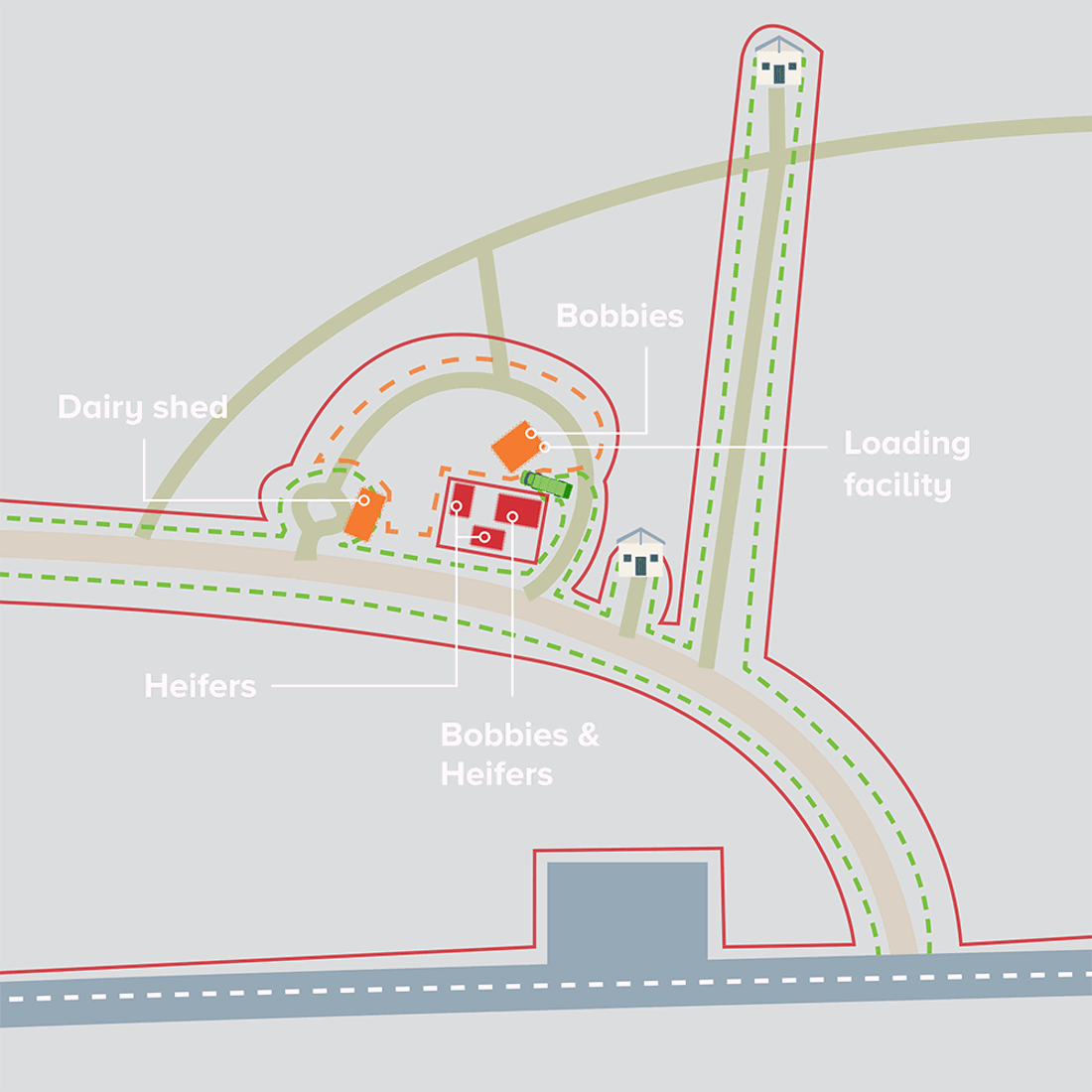
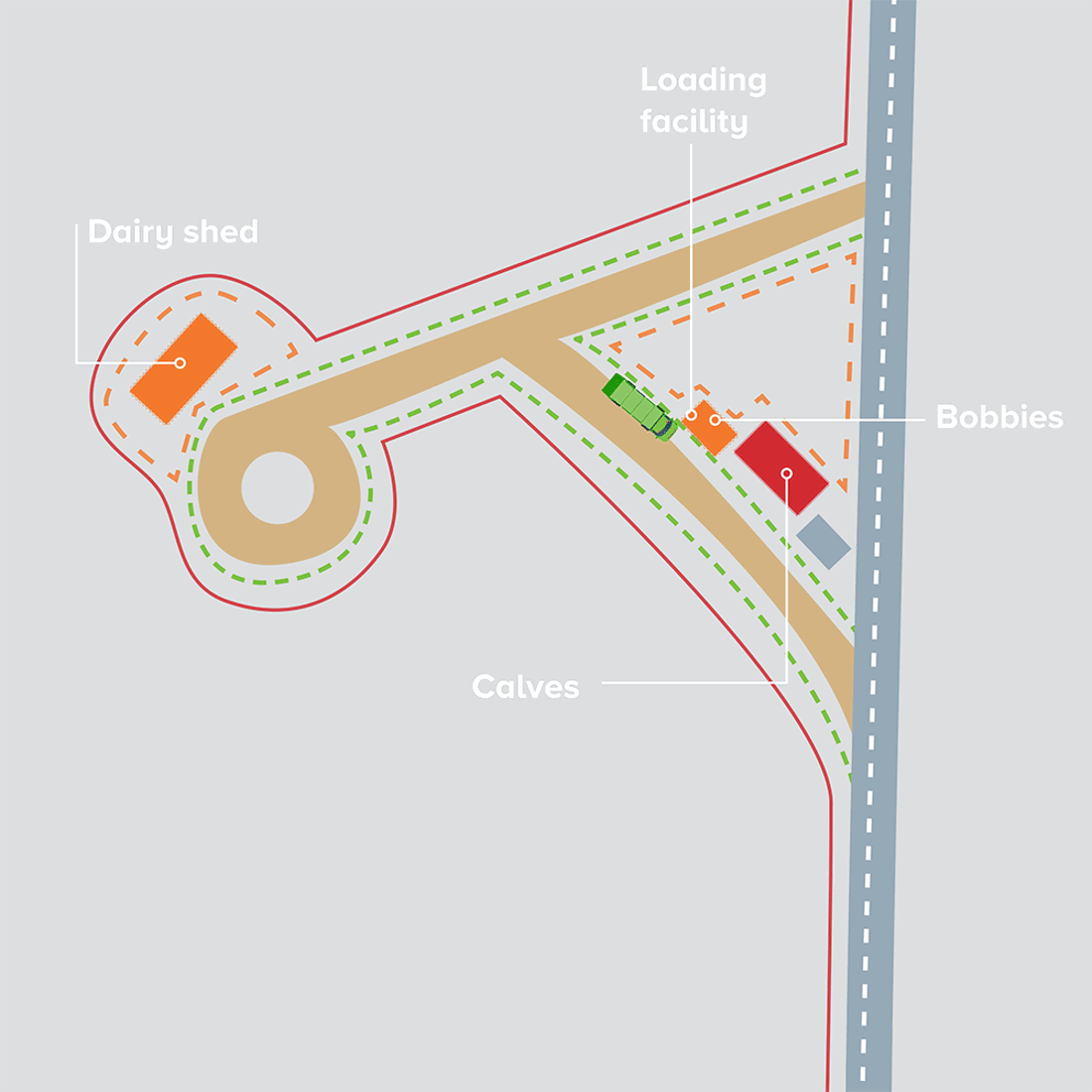
Roadside collection is hazardous to truck drivers, staff and other road users. The facility should be easily accessible for the truck and trailer to reverse up to. Access should be free draining and constructed with a level, hard-standing surface.
The track width should be no less than 4m wide and a height clearance of 4.3m for any overhead obstructions e.g. trees, water lines and electric fence wires; and 6m for powerlines. Loading calves directly under powerlines should be avoided.
Locate the loading facility at or near the bobby calf rearing pen and allow sufficient turnaround for a truck and trailer unit (25m). Consider other traffic flow – if you are positioning or accessing the holding facility via the tanker track, design loading so that both trucks can pass or at least travel in the same direction.
Maintain clear access, avoid holding stock in the access way or having gates across the roadway that require opening and shutting. Ensure that all bridges/culverts are safe, fit for purpose and that truck weight loadings are within the structure’s design loading specifications. Secure dogs and use a sign on the gateway to alert drivers if there is the possibility of children being in the area.
The Code of Practice for design and operation of farm dairies (NZCP1) has no conditions about loading facilities and proximity of the farm dairy.
Calves must not be housed within 20m of the farm dairy; however, you can temporarily hold calves within 20m of the farm dairy before pick-up (e.g. on the same day while waiting for collection, with time of holding minimised).
All standards regarding surfaces and drainage apply, as do requirements for shelter. If you’re taking this approach, the area where calves are held must be maintained in a suitably hygienic state and must be cleaned immediately after the calves have been collected.
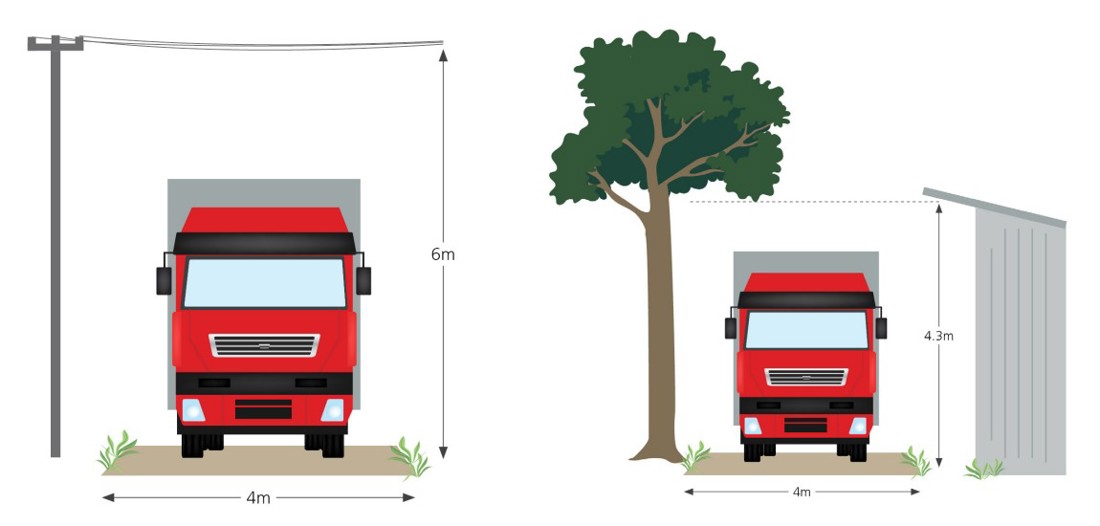
Ensure the track is wide enough and clear of overhead obstructions.
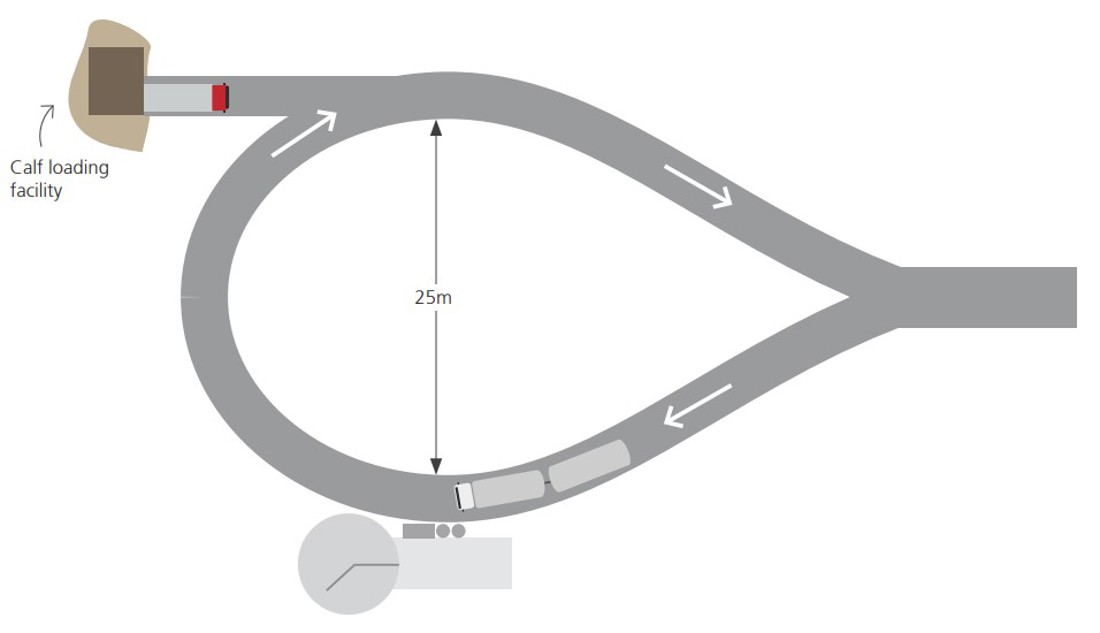
Pen placement and traffic flow.
Holding and loading facilities should be designed and constructed so that calves are able to walk directly from the loading facility onto the truck. Health and safety regulations mean that it’s no longer acceptable for transporters to repeatedly lift calves from the ground to truck deck height. Raised loading facilities will also help to improve the wellbeing of calves being transported.
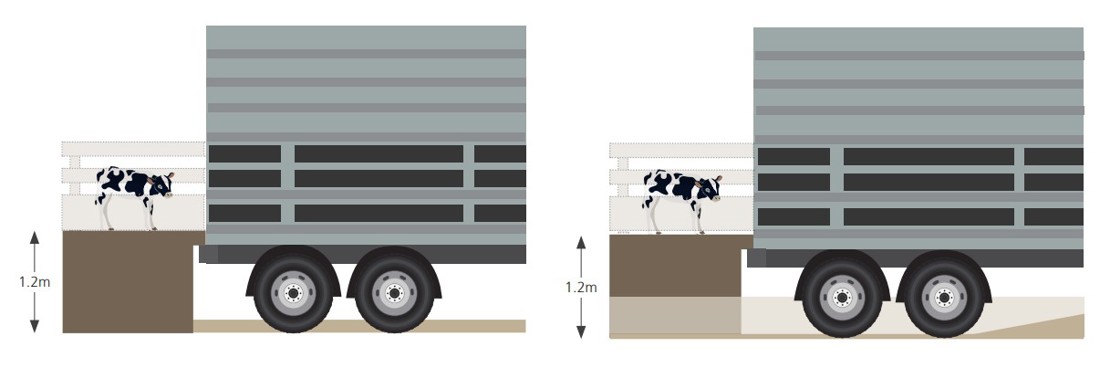
Raise platform or lower truck height to achieve load height of 1.2m.
Consider the environment of where your facility is located as the design will depend on where the platform is situated (e.g. wind direction, exposure and rain fall, or additional windbreakers may be required to stop calves from getting wet).
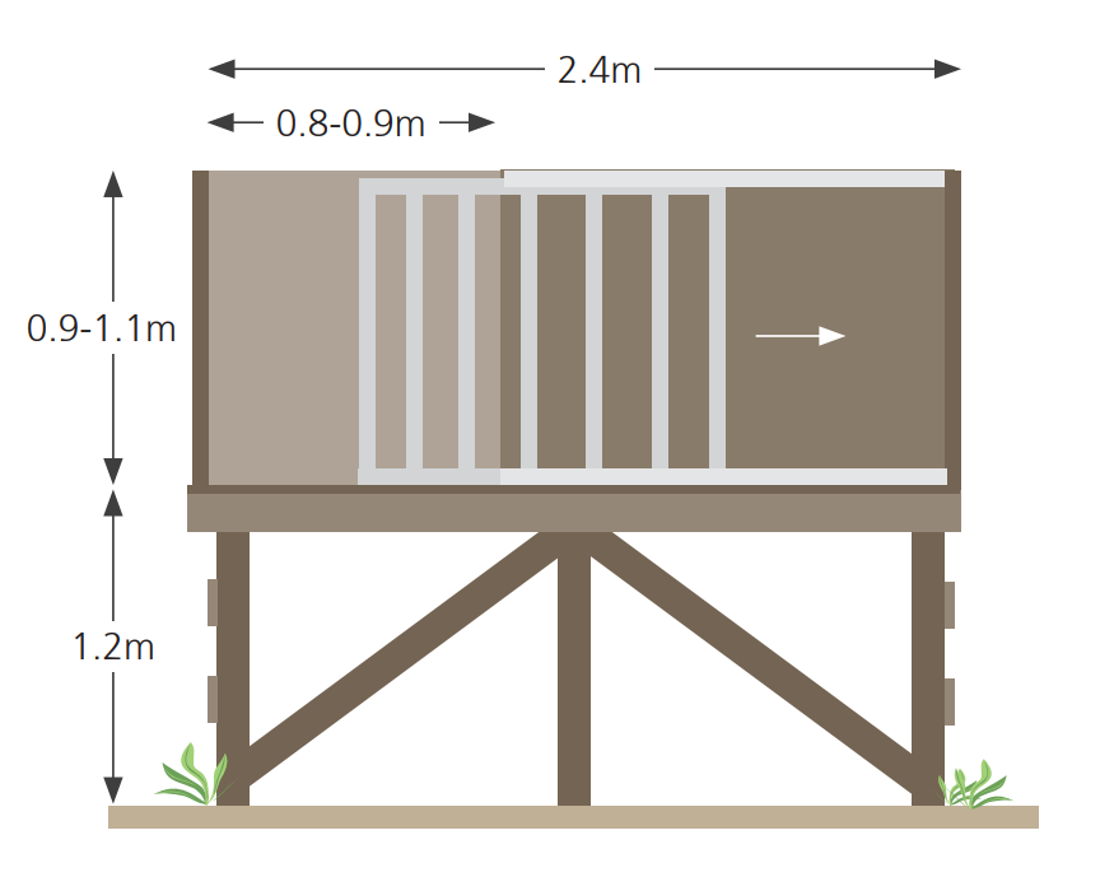
Platform specifications.
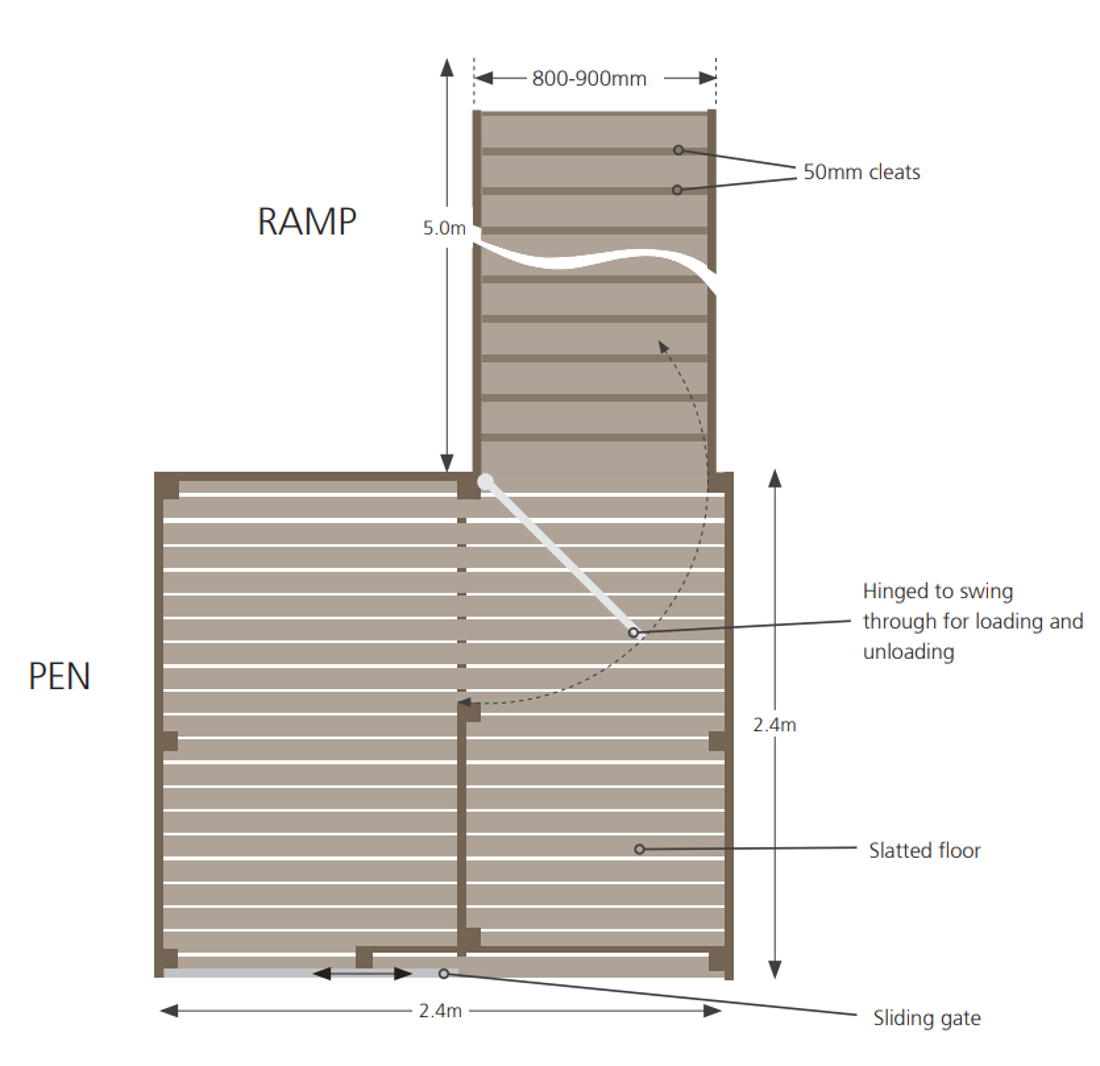
Detailed facility plan.

Pen side rails.
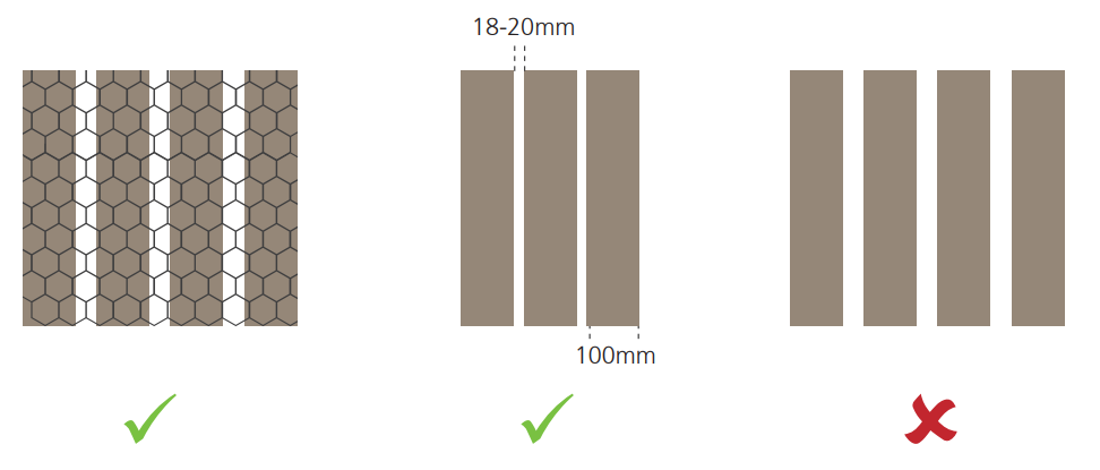
Pen flooring.

Good and bad pen examples.
Prioritising the health of bobby calves makes transporting them more efficient. Additionally, they must meet requirements for transportation before leaving the farm to keep them comfortable and healthy. You can keep them safe by following bobby calf loading facility guidelines and design options that consider their health and safety. This helps to improve on-farm biosecurity by reducing the risk of exposure to pests, weeds and disease.
| Breed | Area/calf | Calves/m³ | 2.4m x 2.4m | 2.4m x 1.2m |
| Jerseys/Cross breed | 0.3 - 0.35 | 2.9 - 3.3 | 17 - 20 calves | Up to 10 calves |
| Holstein/Friesian | 0.35 - 0.4 | 2.5 - 2.9 | 15 - 17 calves | Up to 8 calves |
Ramps can be used to load calves either into a raised holding pen before pick-up (recommended) or be loaded out of a ground level pen onto the truck.
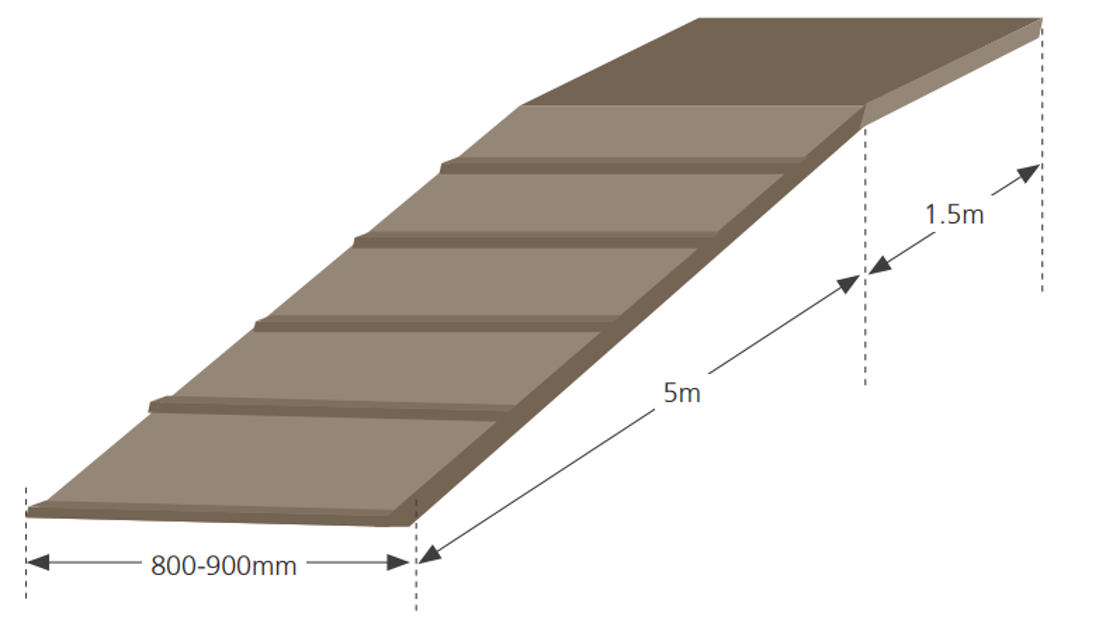
A cleated ramp.
It’s your responsibility to select calves that are fit for transport. The holding pen should be a dedicated area where only calves that have been assessed and confirmed as being fit for transport are placed before collection. Calves to be transported should be tagged and clearly identified to avoid any animals being collected by mistake. The holding pen should provide a safe, sheltered, well drained and ventilated area for the calves. By raising the holding pen, calves may be loaded directly on to the truck; alternatively use a ramp to load from the holding pen.
Earth bank with a wooden retaining wall - Use existing topography and dig into a bank or create an earth mound against a wooden retaining wall, providing a face to load off. Depending on existing topography and available drainage, it may be possible to reduce the necessary loading height by digging down to lower the deck height of the truck so that the access point is lower.
Packed earth ramps - Form sides and loading face using treated posts and timber rails, then create the ramp by filling between the timber sides using packed earth.
Existing raised structure - Adapting an existing woolshed or utilising a disused tanker stand may provide a low-cost option to achieve the correct loading height.
Existing loading ramp - Typically loading ramps for cows are not suitable for calves as they may be too steep or have wide gaps in the sides, which can become trap hazards for calves. Attaching plywood with cable ties to create a solid-sided ramp may be an affordable option. You might have to create a sheltered holding area as well.
Raised platforms - You can get a commercial holding platform from a timber merchant or a farm supply store in some regions. They offer a variety of kit-sets, typically moveable and made of timber on skids. Not all kit-set platforms are supplied with a roof, so you may need to place them within an existing structure to provide sufficient shelter from extreme weather conditions. Alternatively, build your own using the specifications outlined above.
If you are purchasing a commercially produced holding pen, check that it has been designed to meet the New Zealand Building Code requirements and that Producer Statements are available.
Another option for raised platforms is a ramp that can be incorporated into the design, so you will not have to lift calves into the holding area. Using a tractor-mounted carry tray may also be an option on some farms.
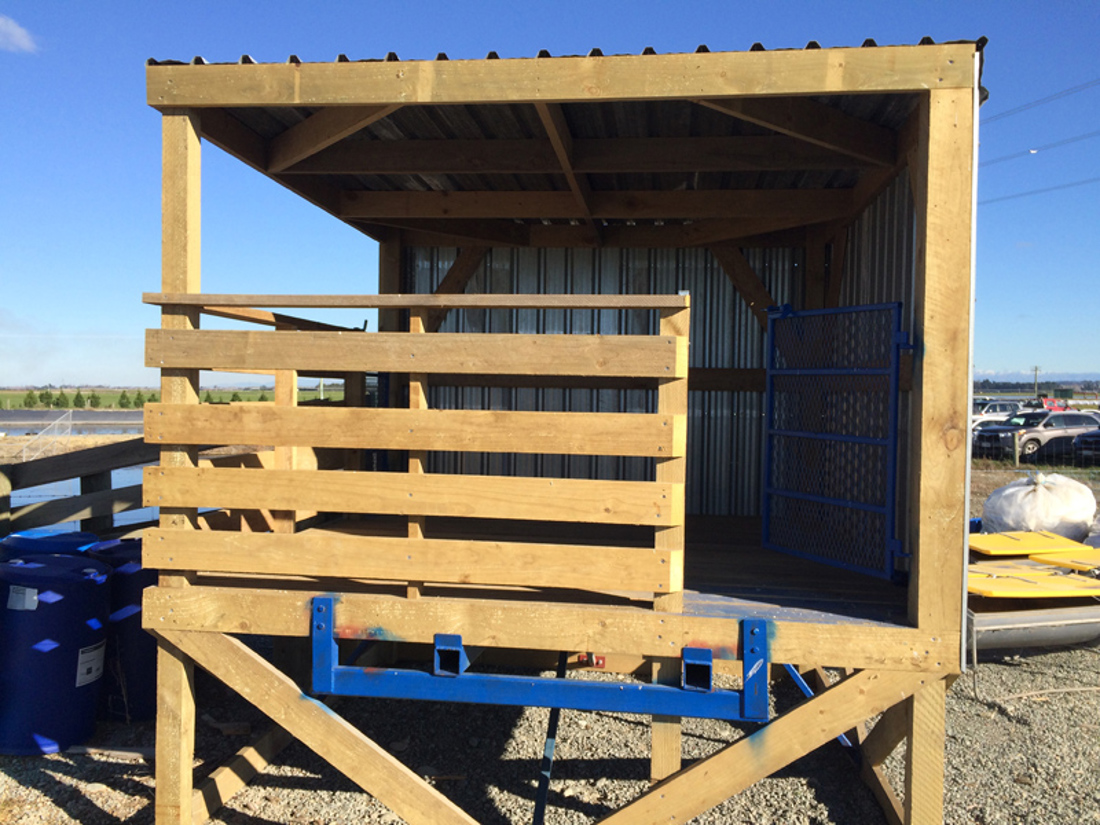
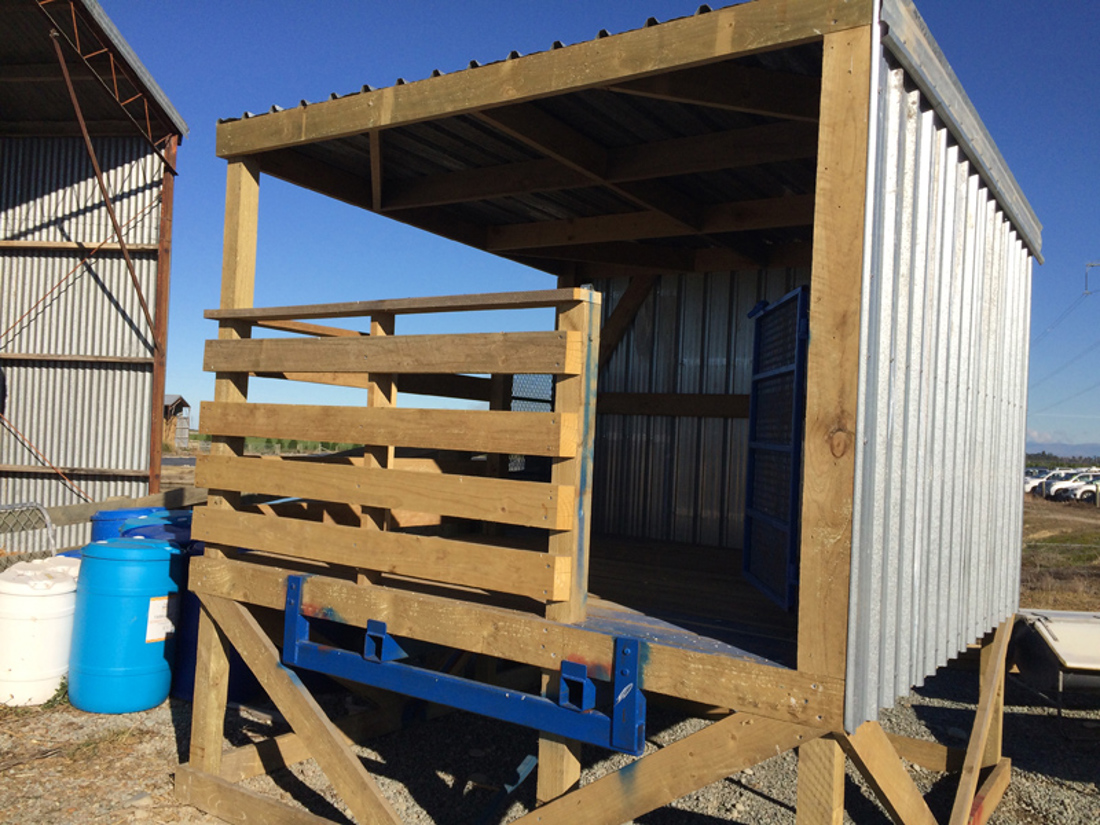
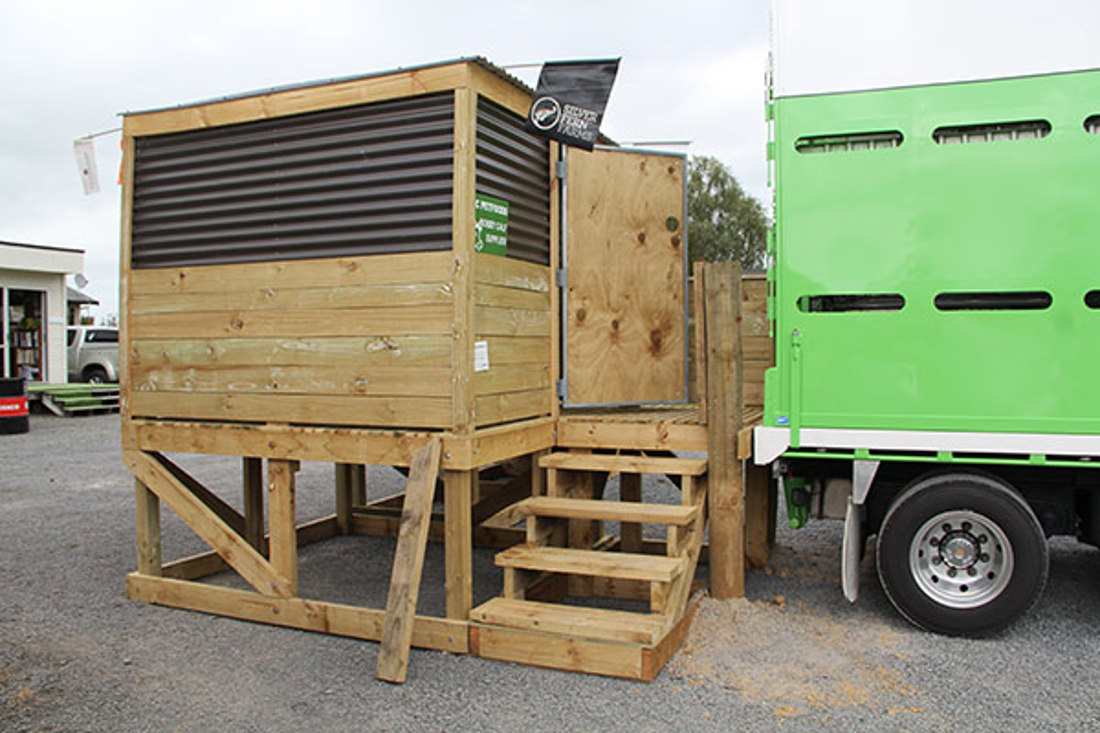
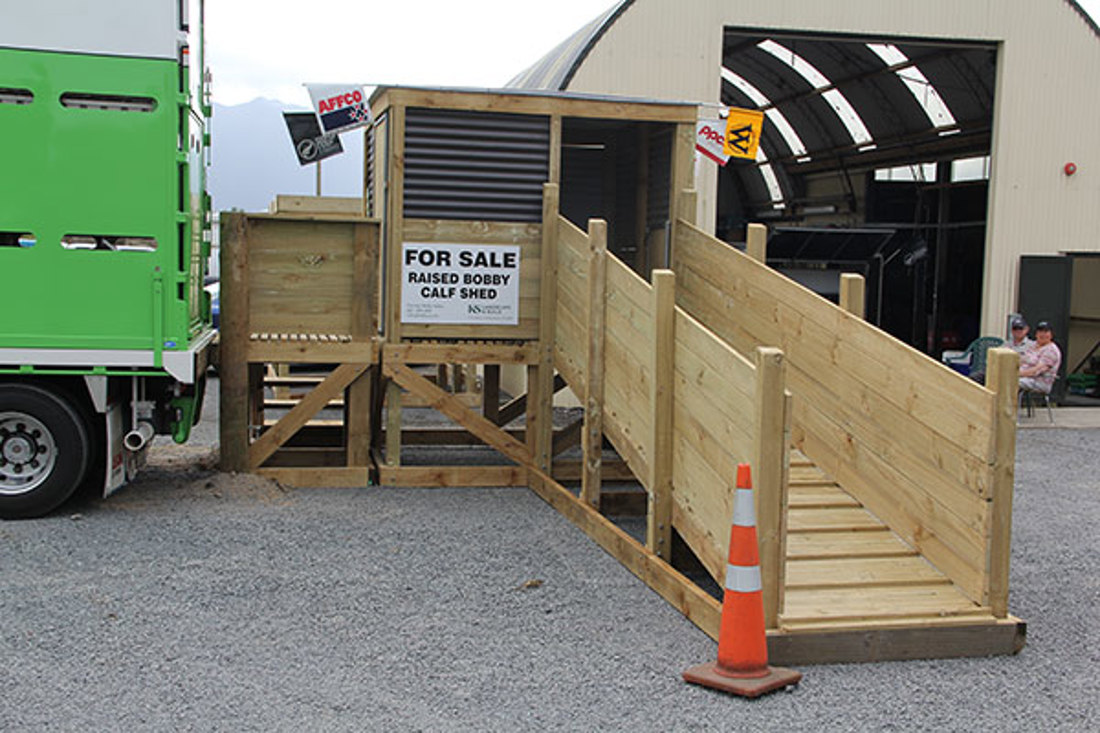
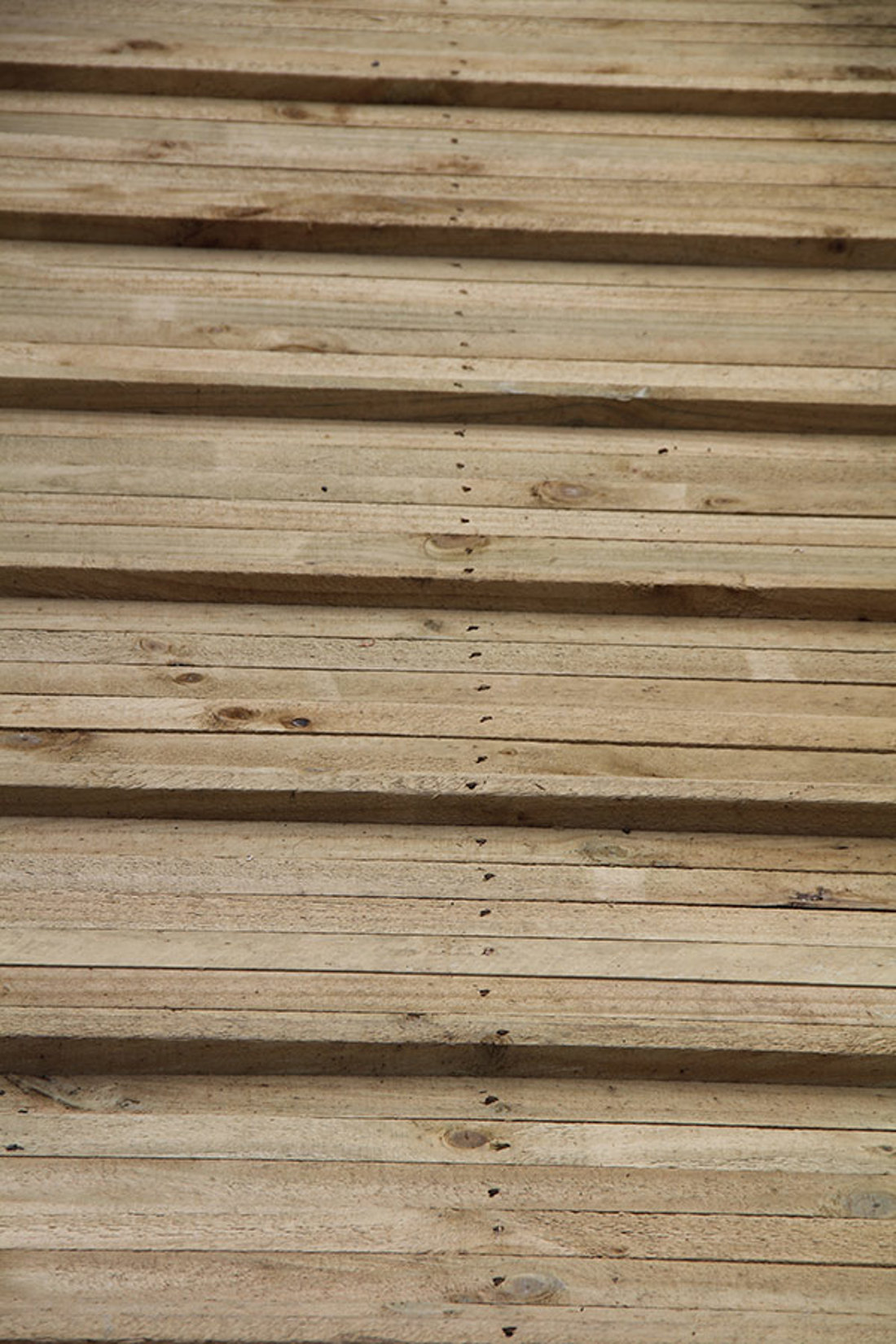
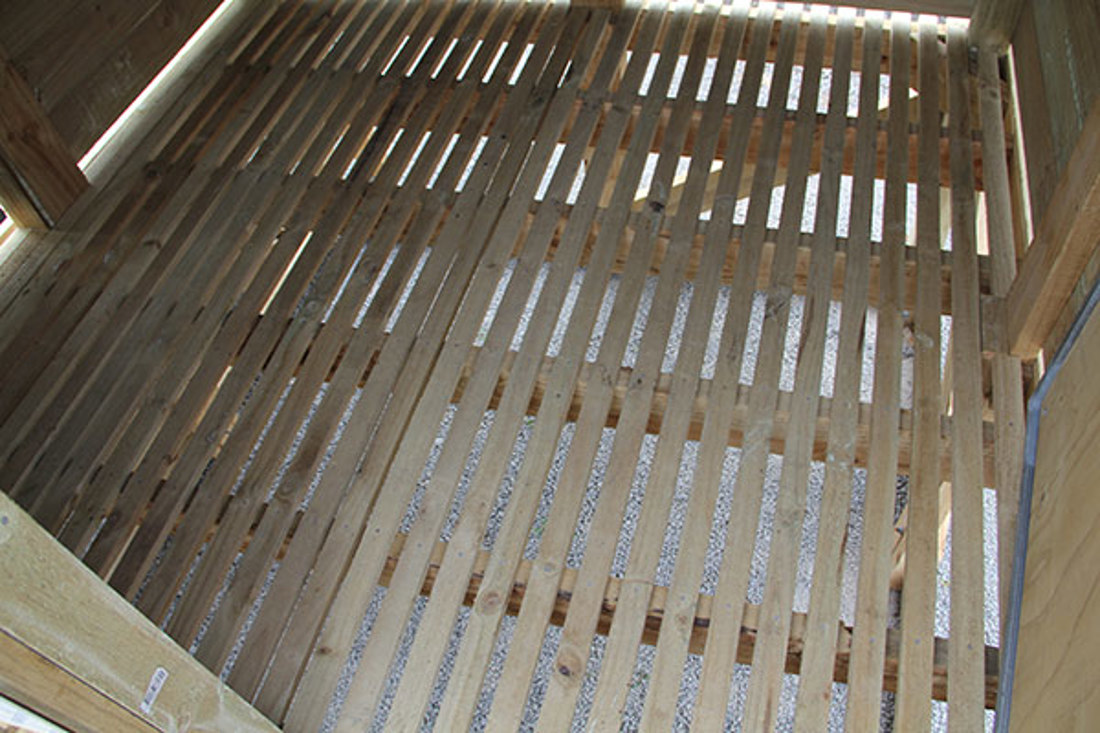
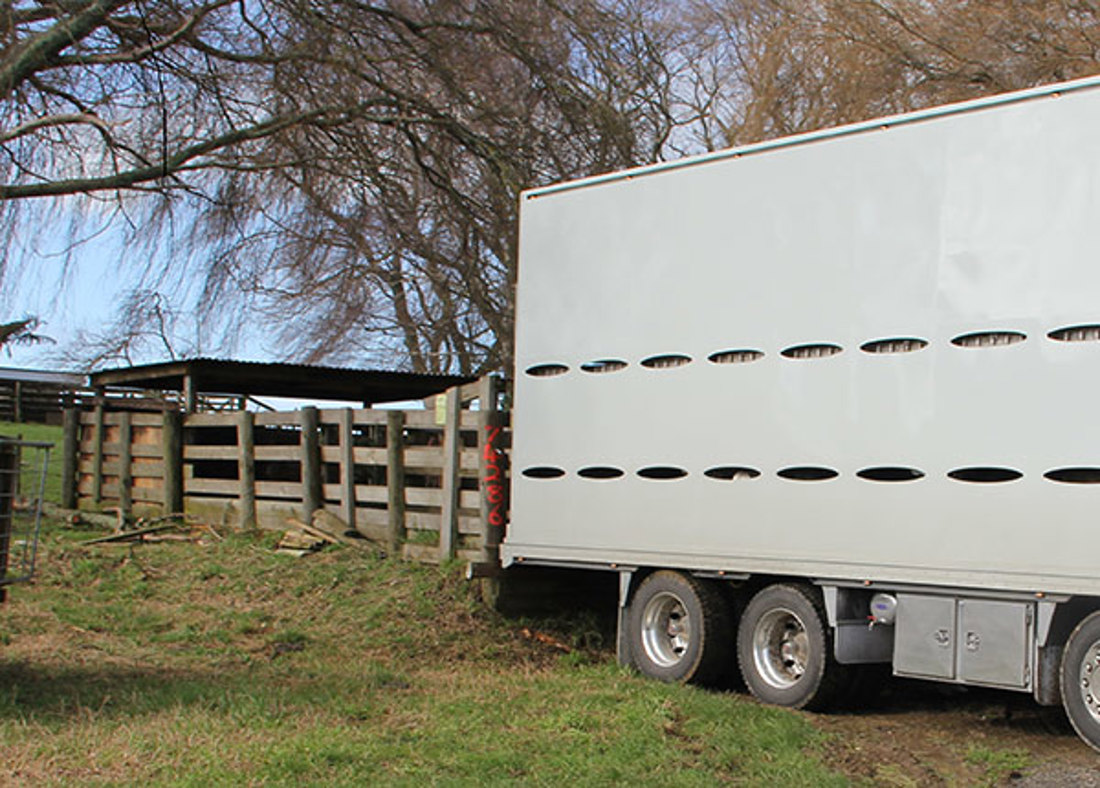
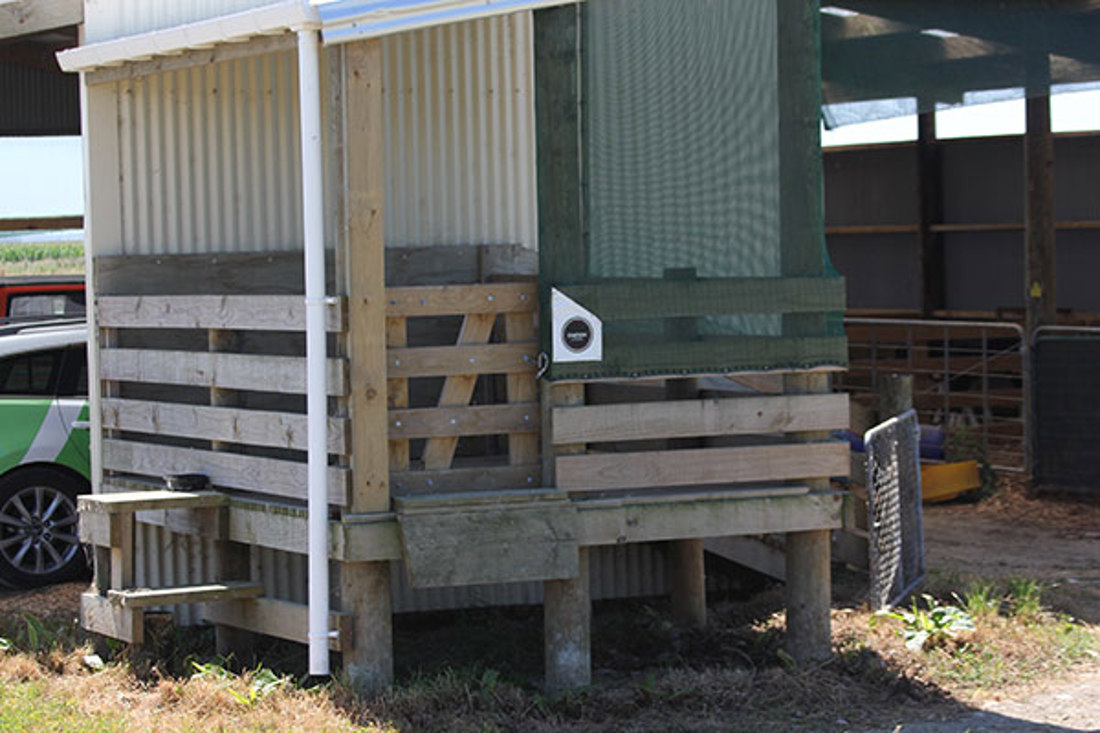
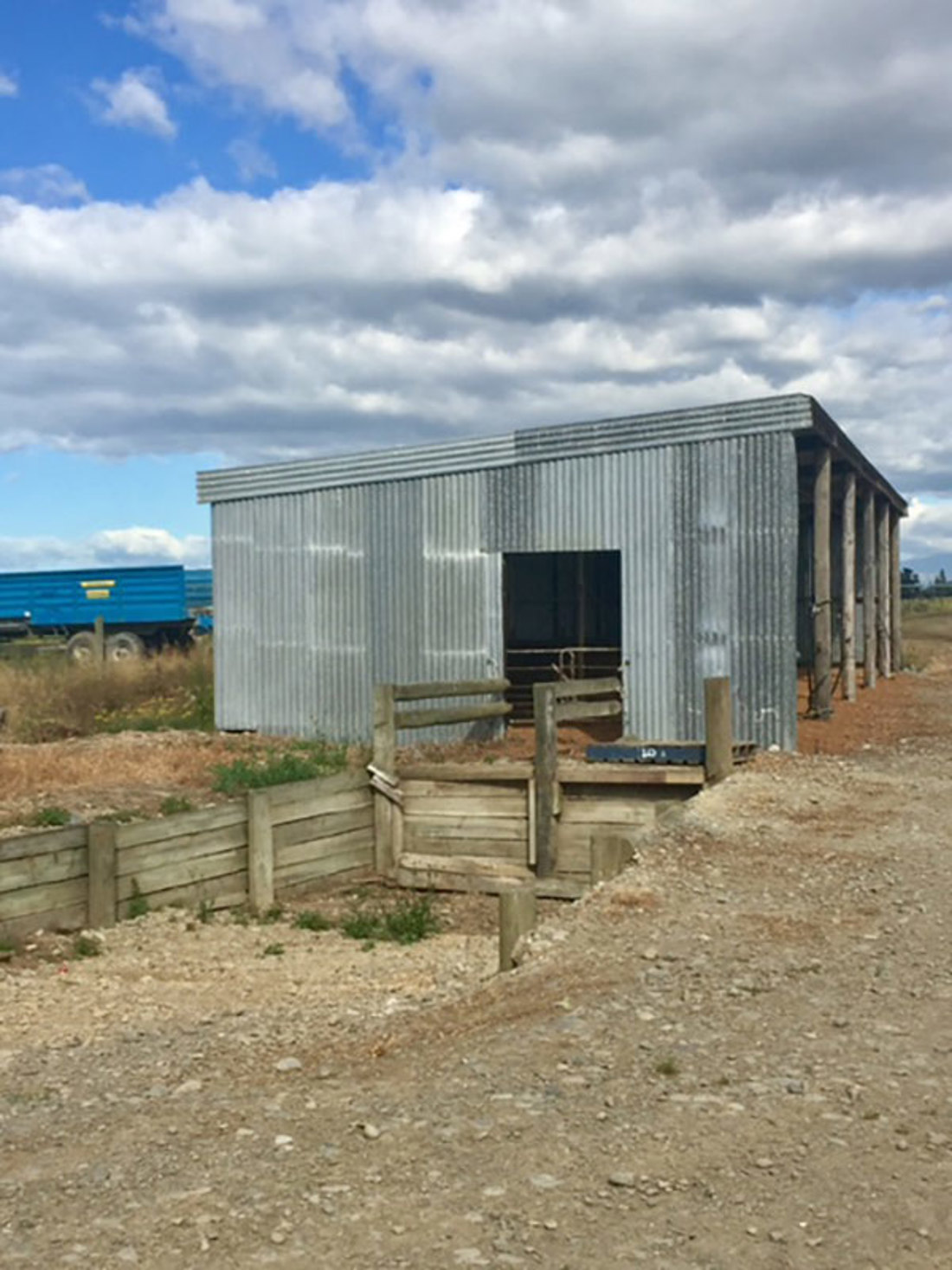
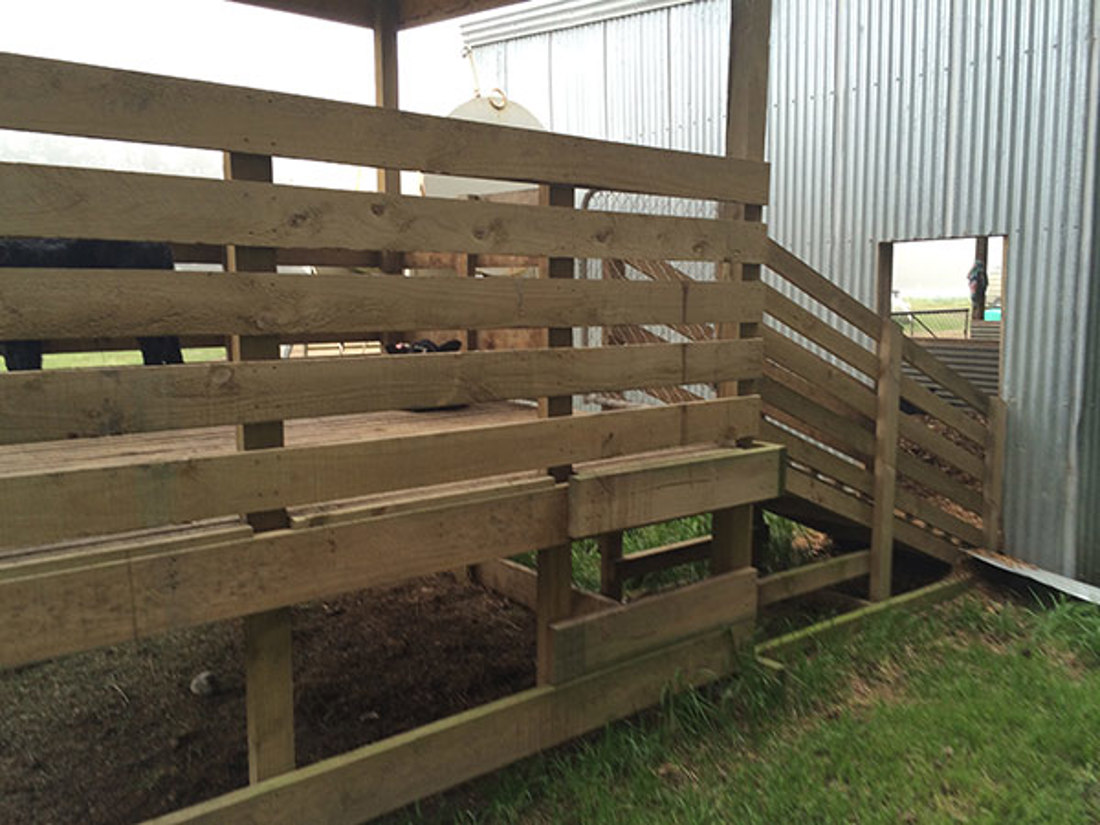
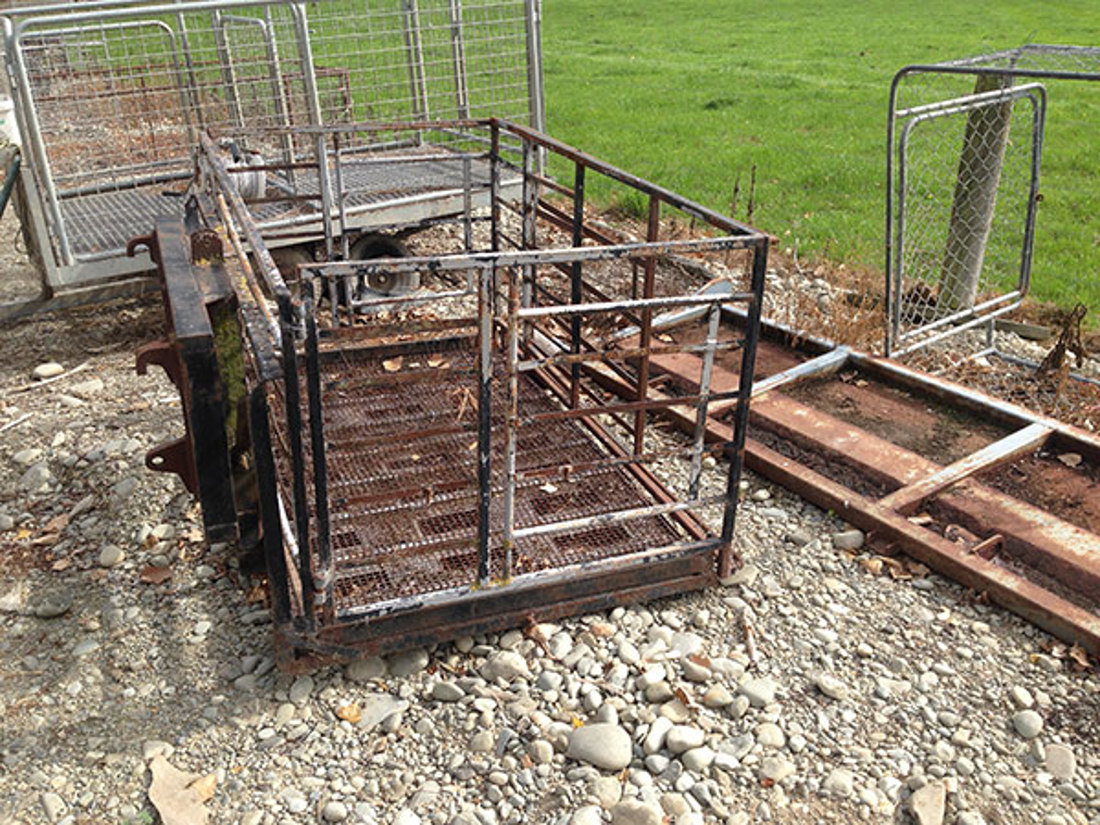
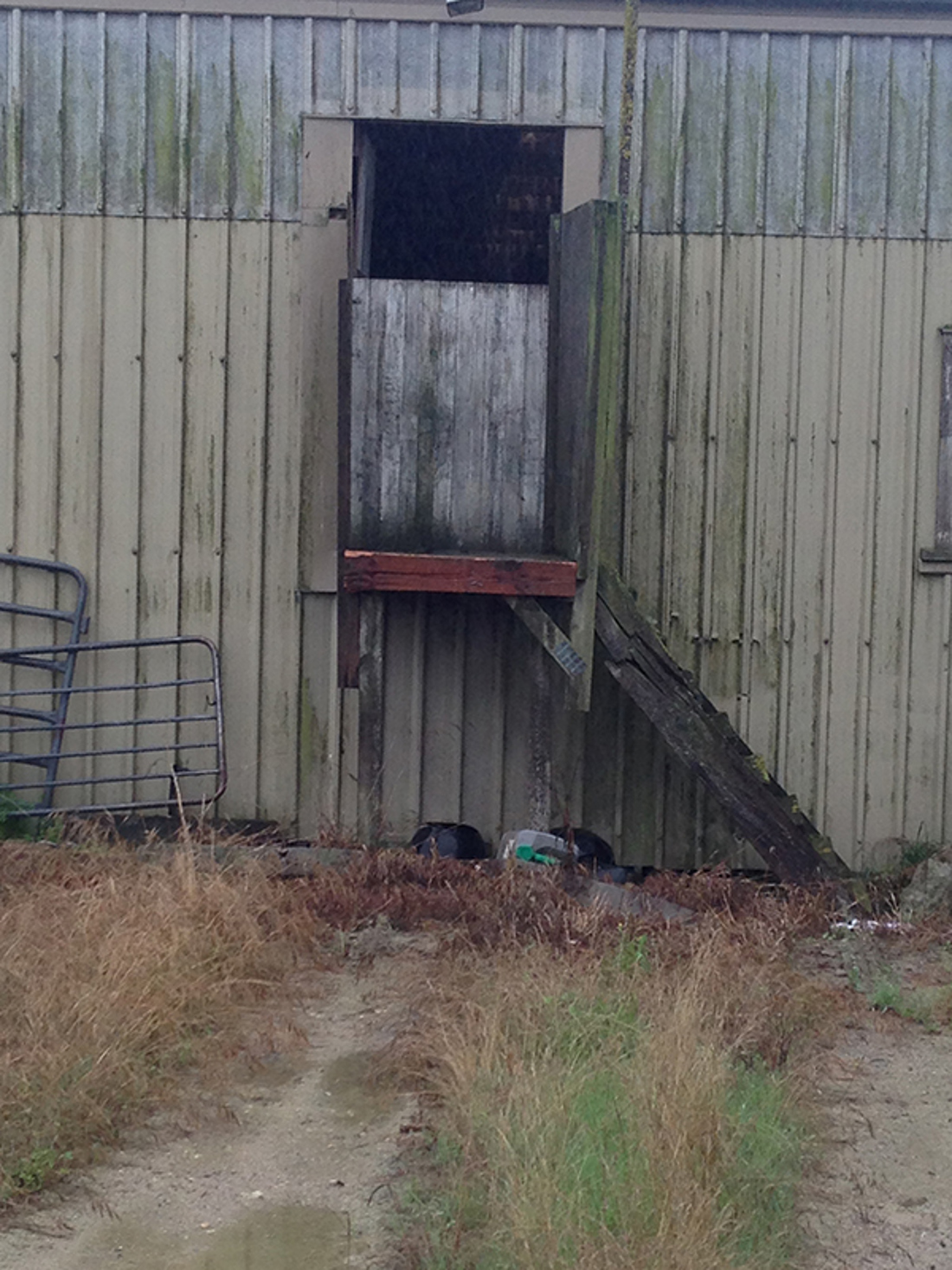
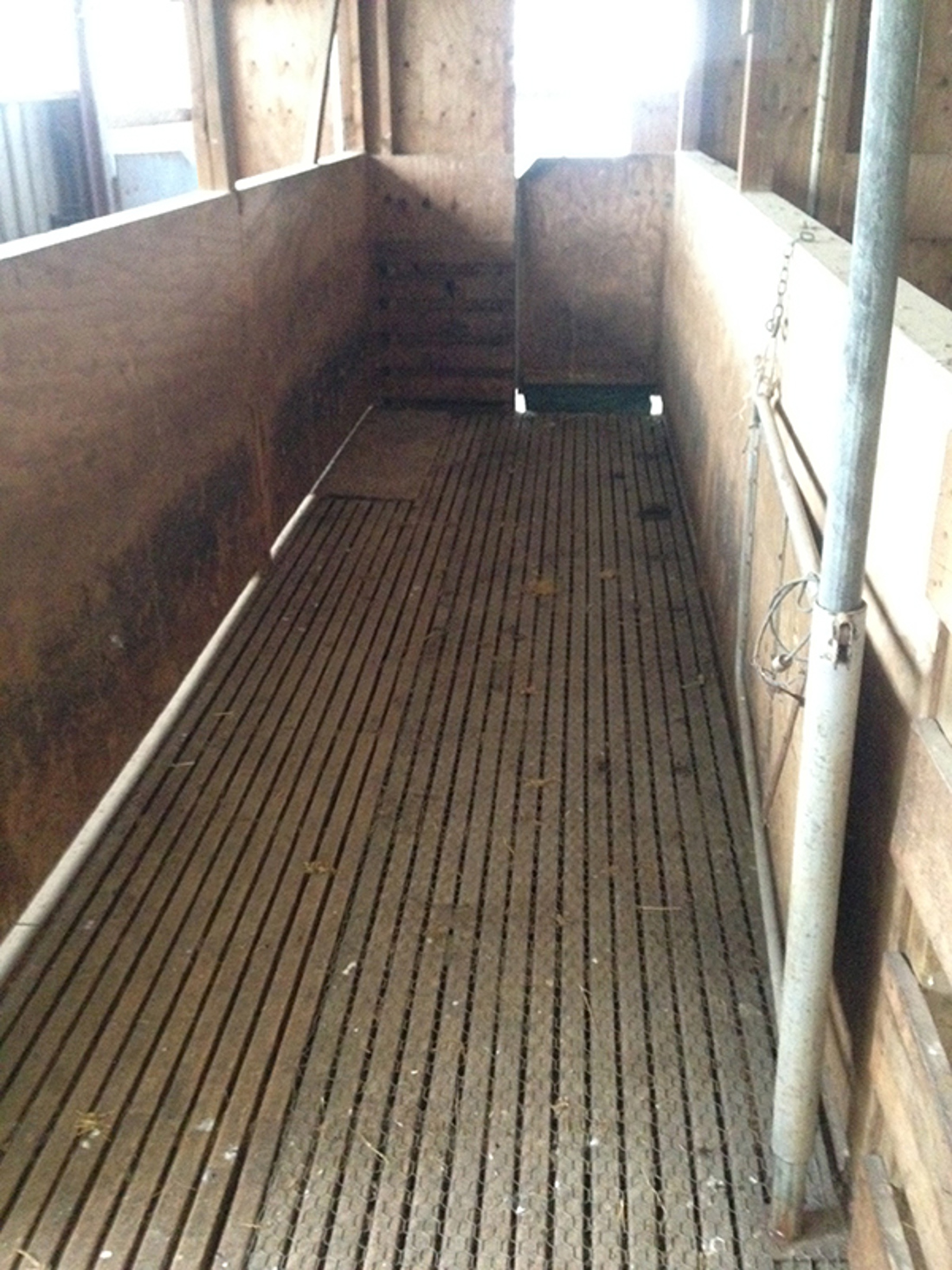
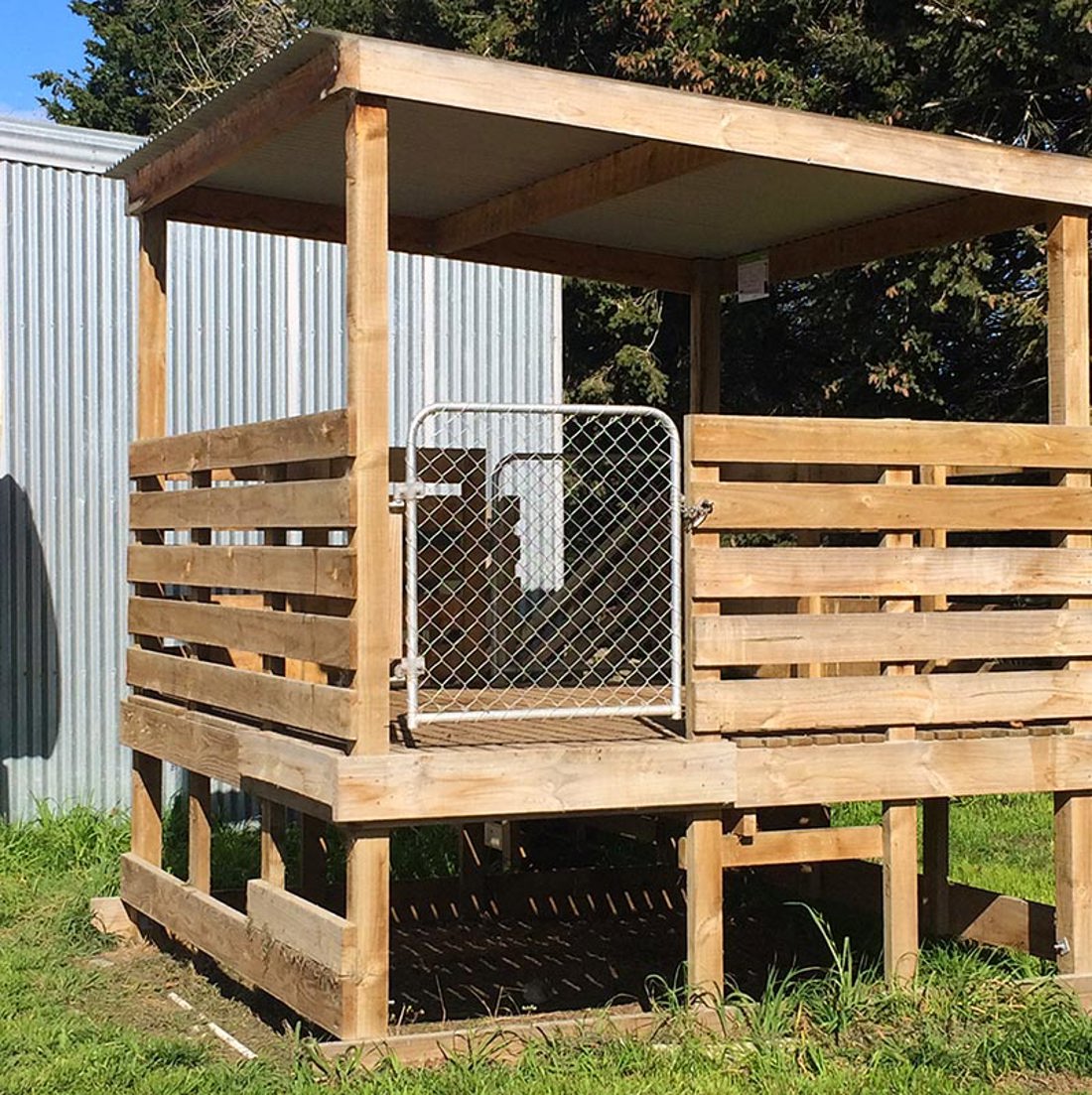
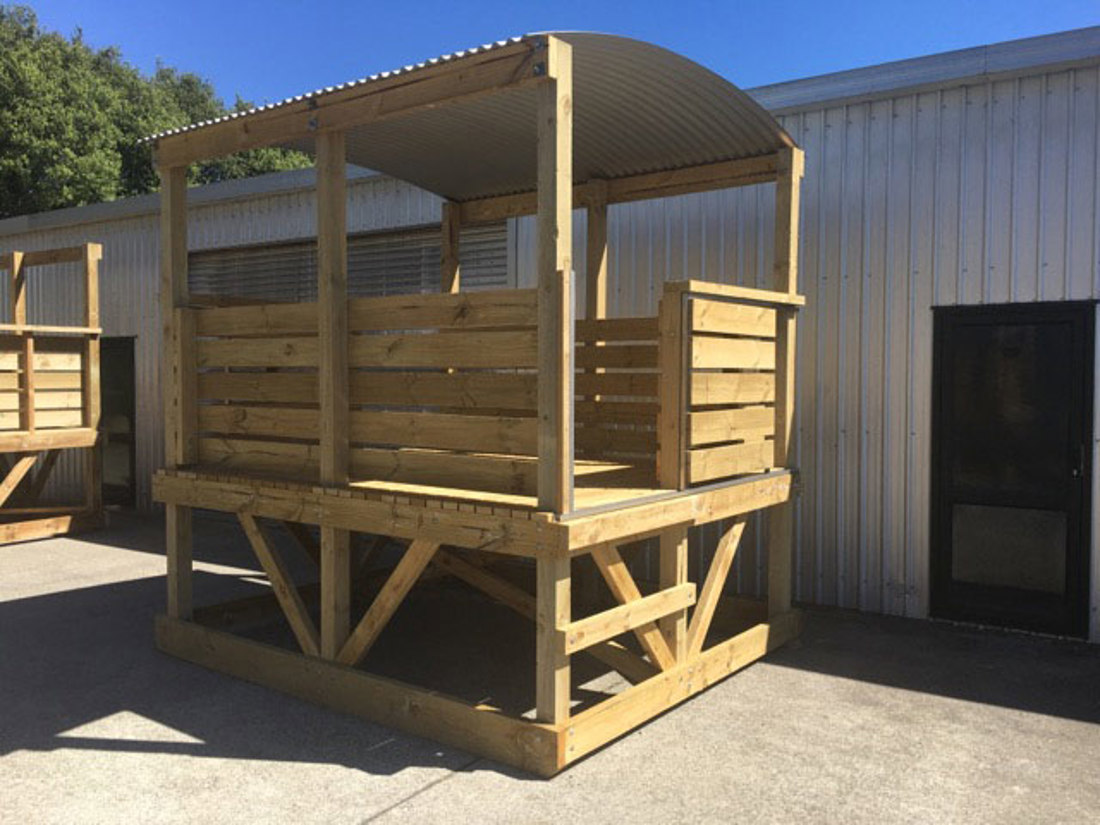
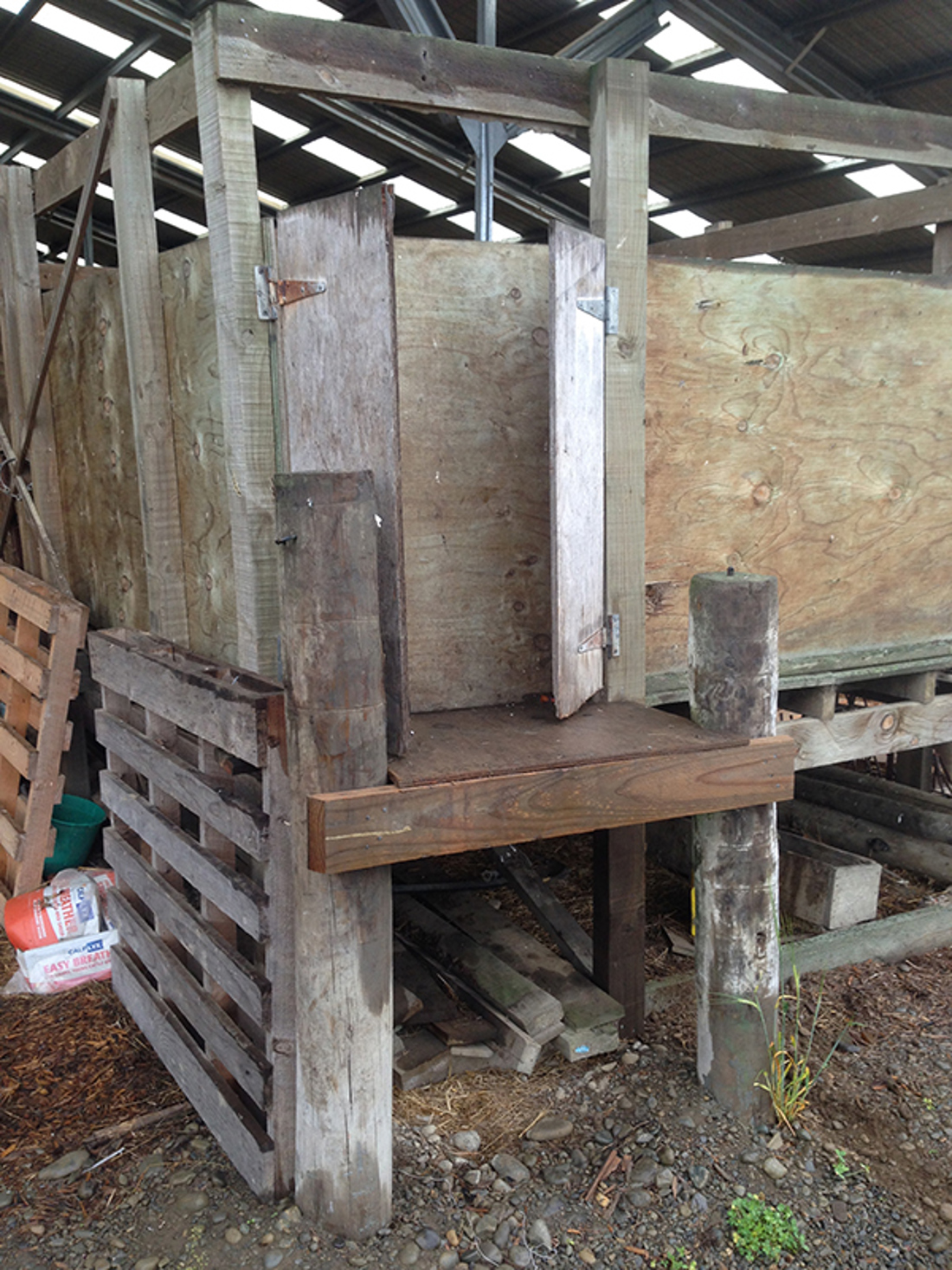
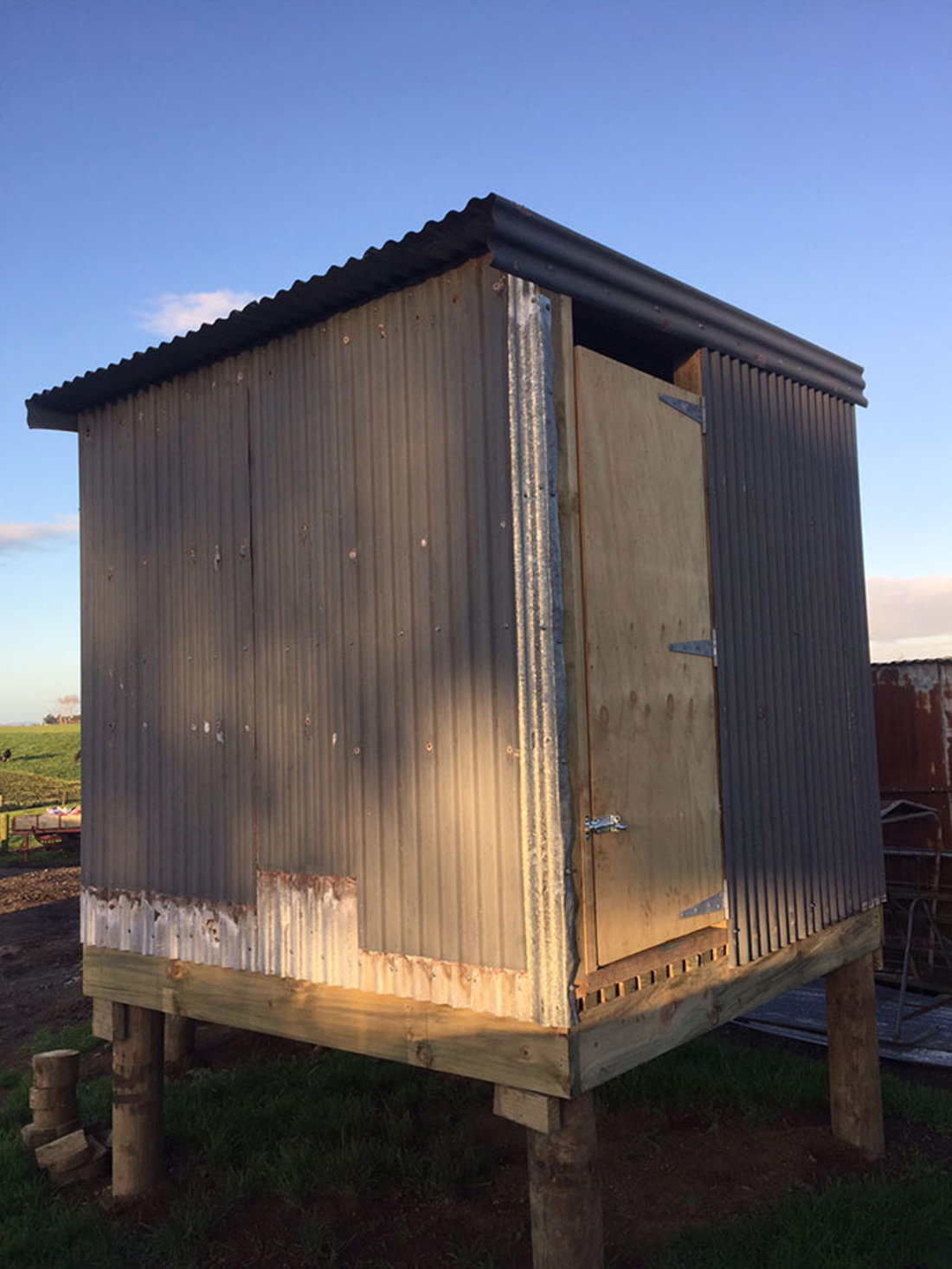
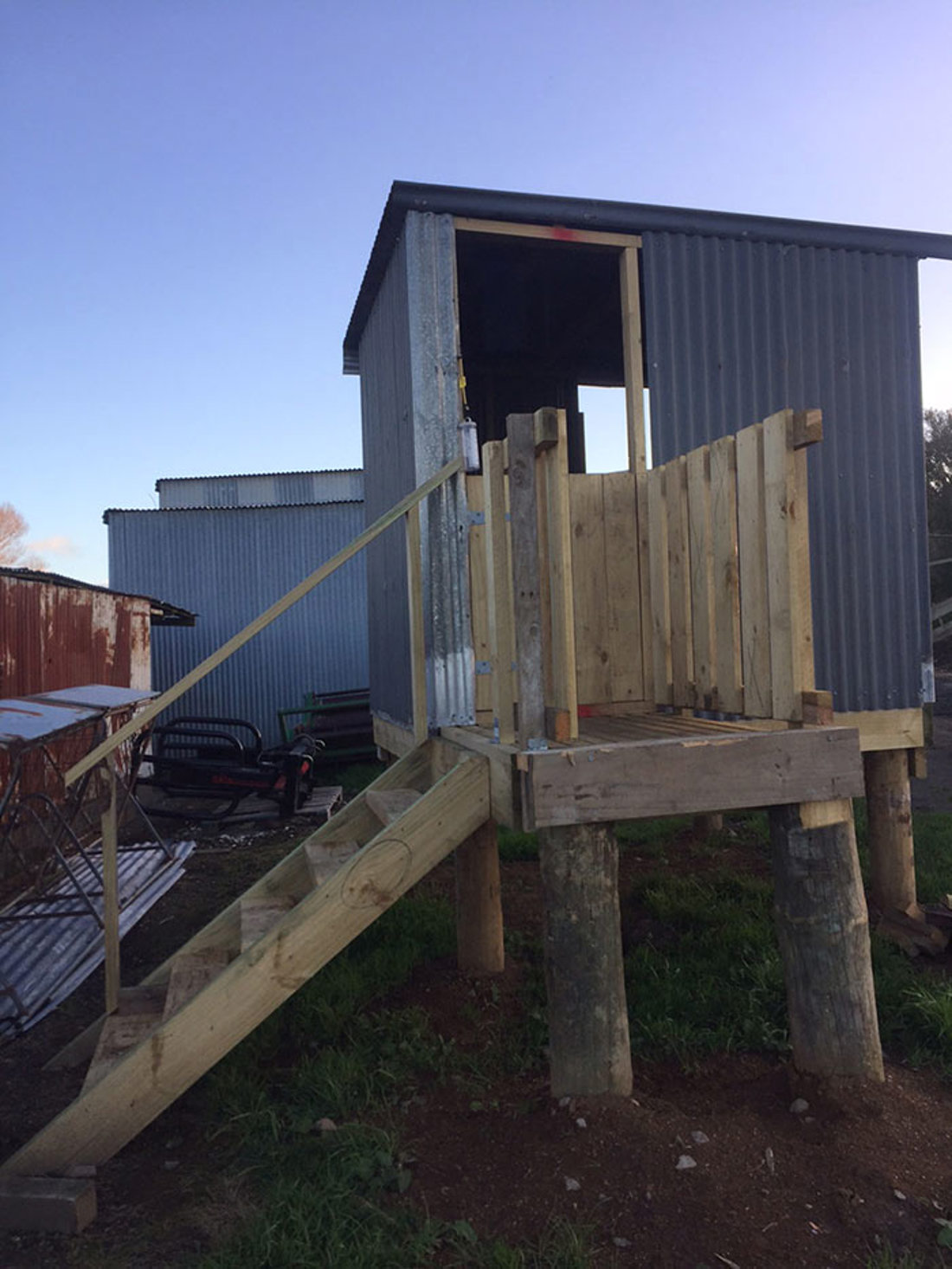

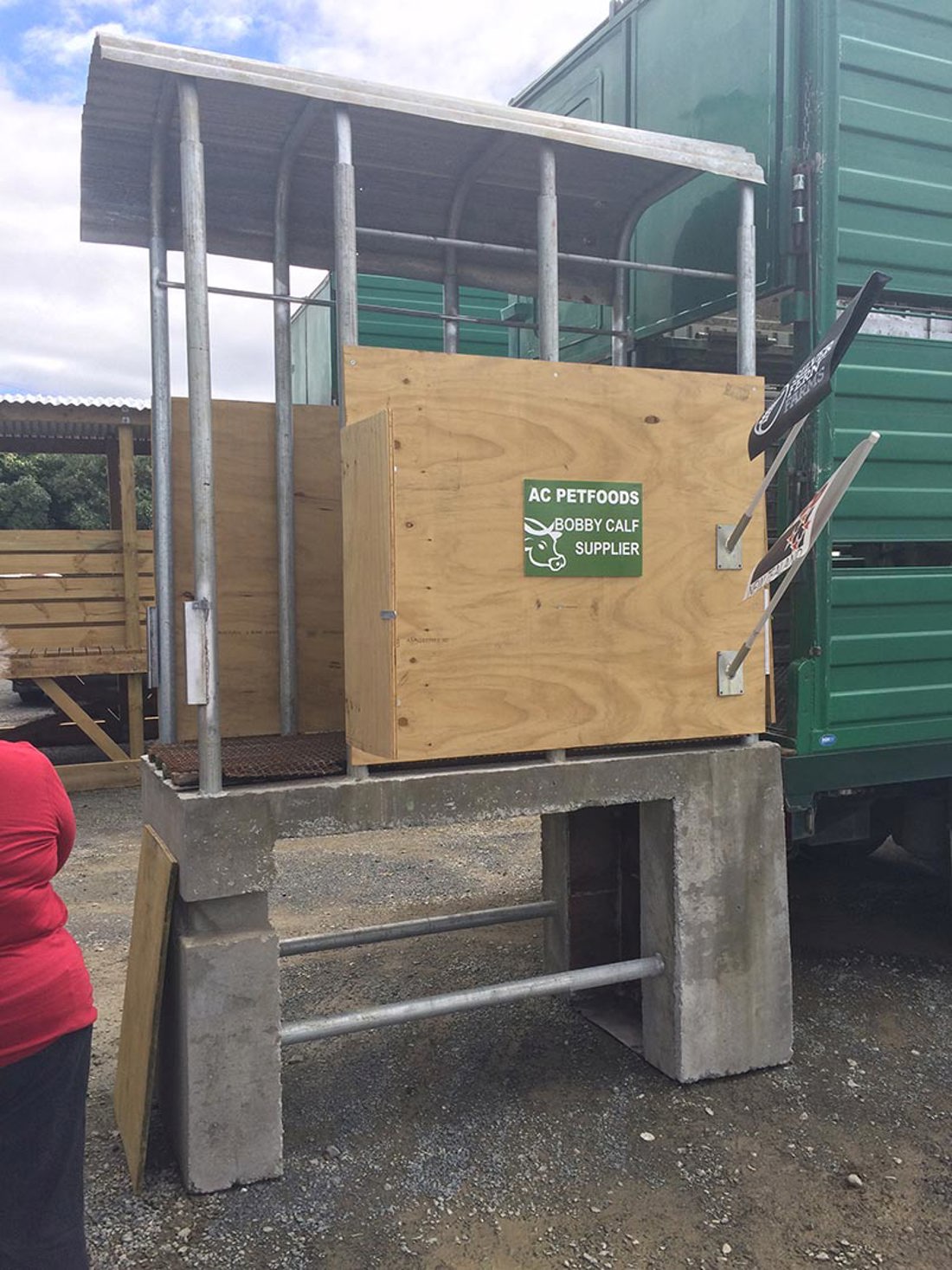
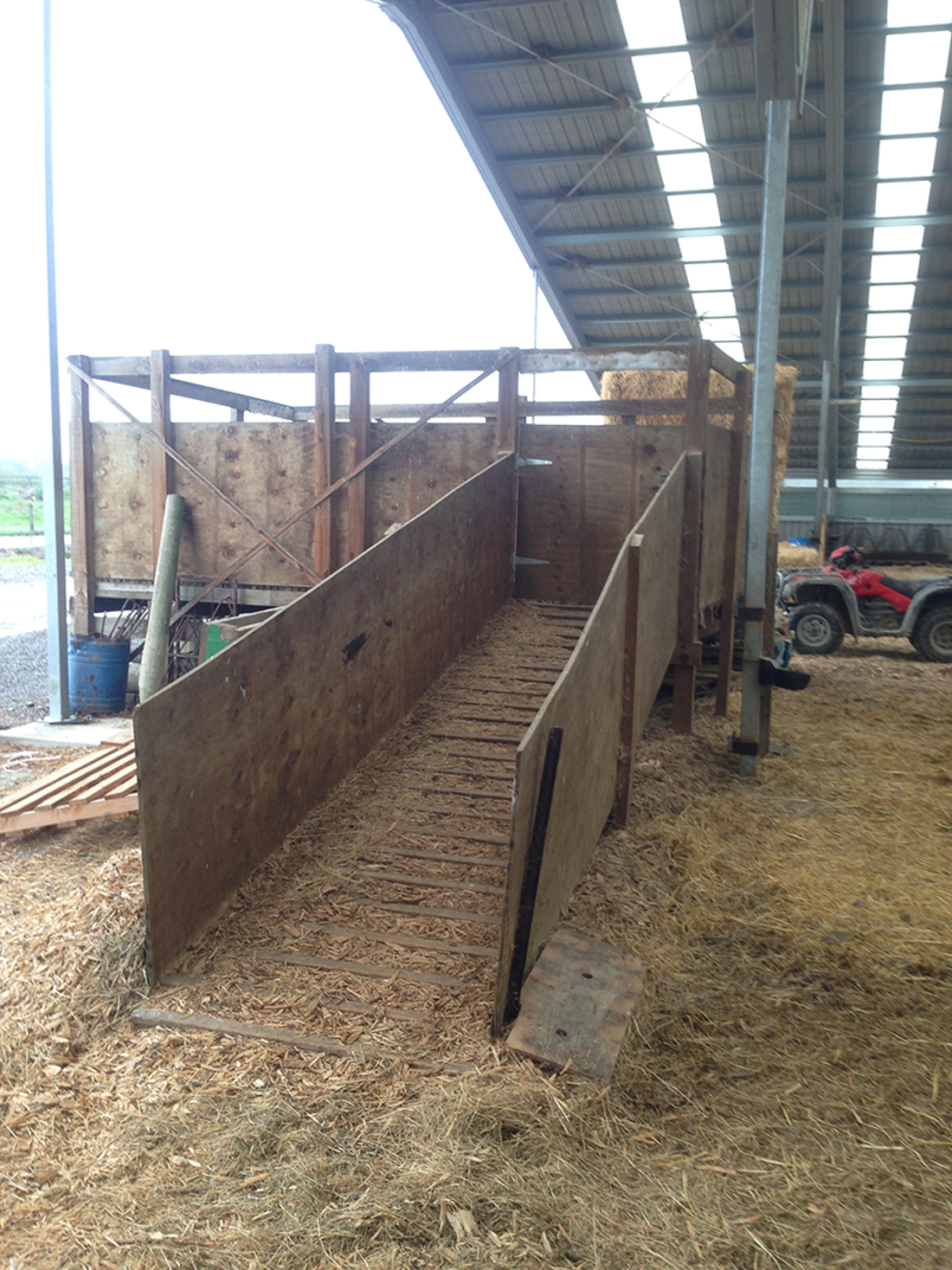
Check your local council requirements to see if your proposed facility needs a building consent or whether it is exempt under Schedule 1 of the Building Act. Building consent is not normally required if it is a temporary, moveable or detached structure or is a permanent structure that:
For more information on building work that does not require a building consent you can go to building.govt.nz. If you want to construct a floor height higher than 1m to achieve the desired loading height of 1200mm, you may need to apply for a building exemption. Guidelines on the consent process can be found at building.govt.nz. Regardless of whether consent is required or not, the structure must be safe and must comply with the building code.
Identified hazards should be addressed through good design rather than management controls. Talk with your transporter regularly to help identify any emerging safety risks promptly. Keep facilities clean and in a good state of repair. Make sure that anyone using the facility is appropriately trained and aware of any potential hazards. Report all faults or safety issues to management. The loading and other openings must be able to be closed off and secured to minimise the risk of anyone falling from the platform, including when the facility is not in use.
Now’s the perfect time to check in, plan, and set up for a strong season. We’ve pulled together smart tips and tools to help you stay ahead all winter long.
Whether you prefer to read, listen, or download handy guides, we’ve got you covered with trusted tools to support your journey every step of the way.
Put our proven strategies and seasonal tools to work. Boost production, support animal health and watch your profits hum.
Tools that are backed by science, shaped by farmers and made for this season.
That’s Summer Smarts.